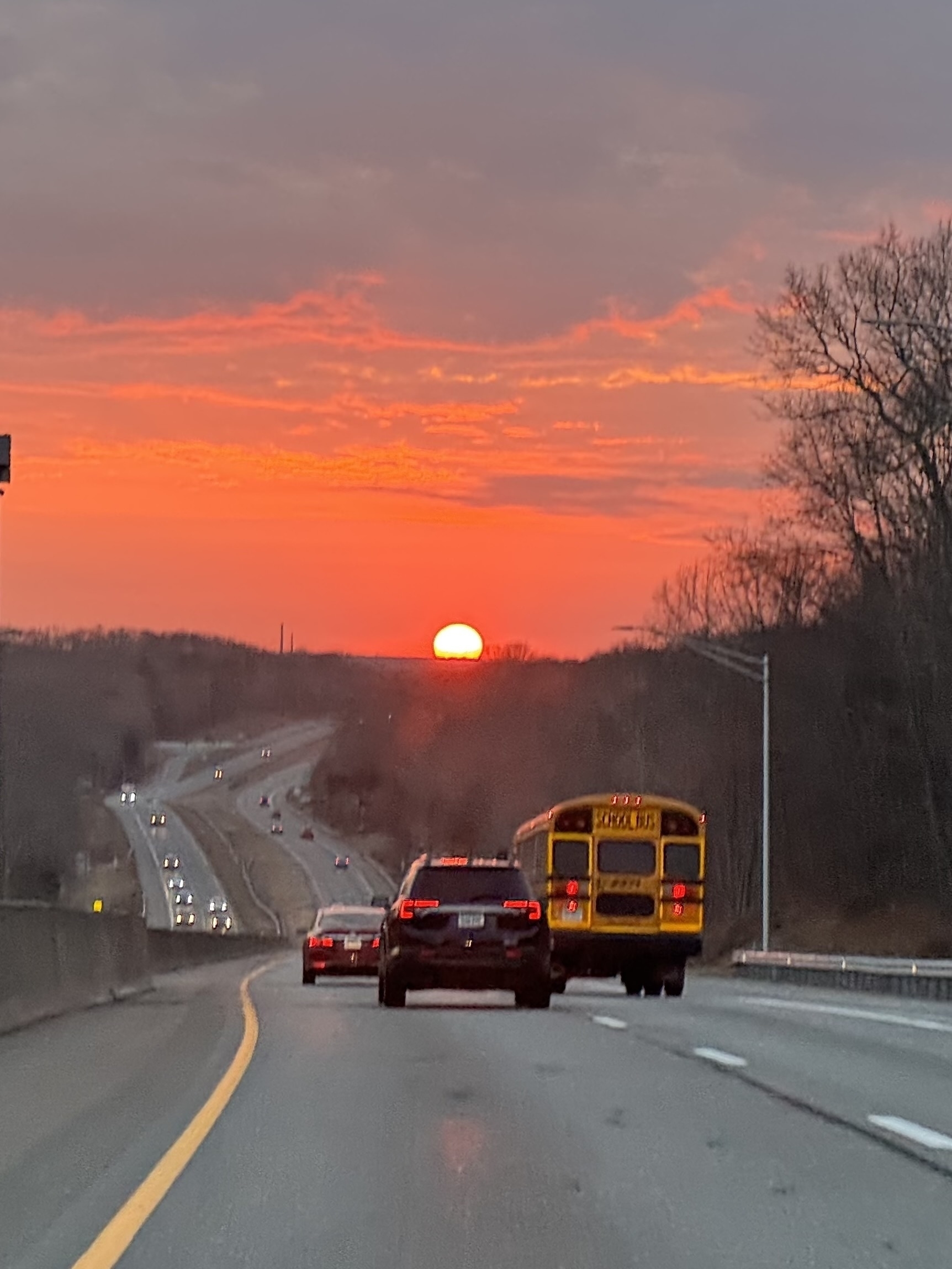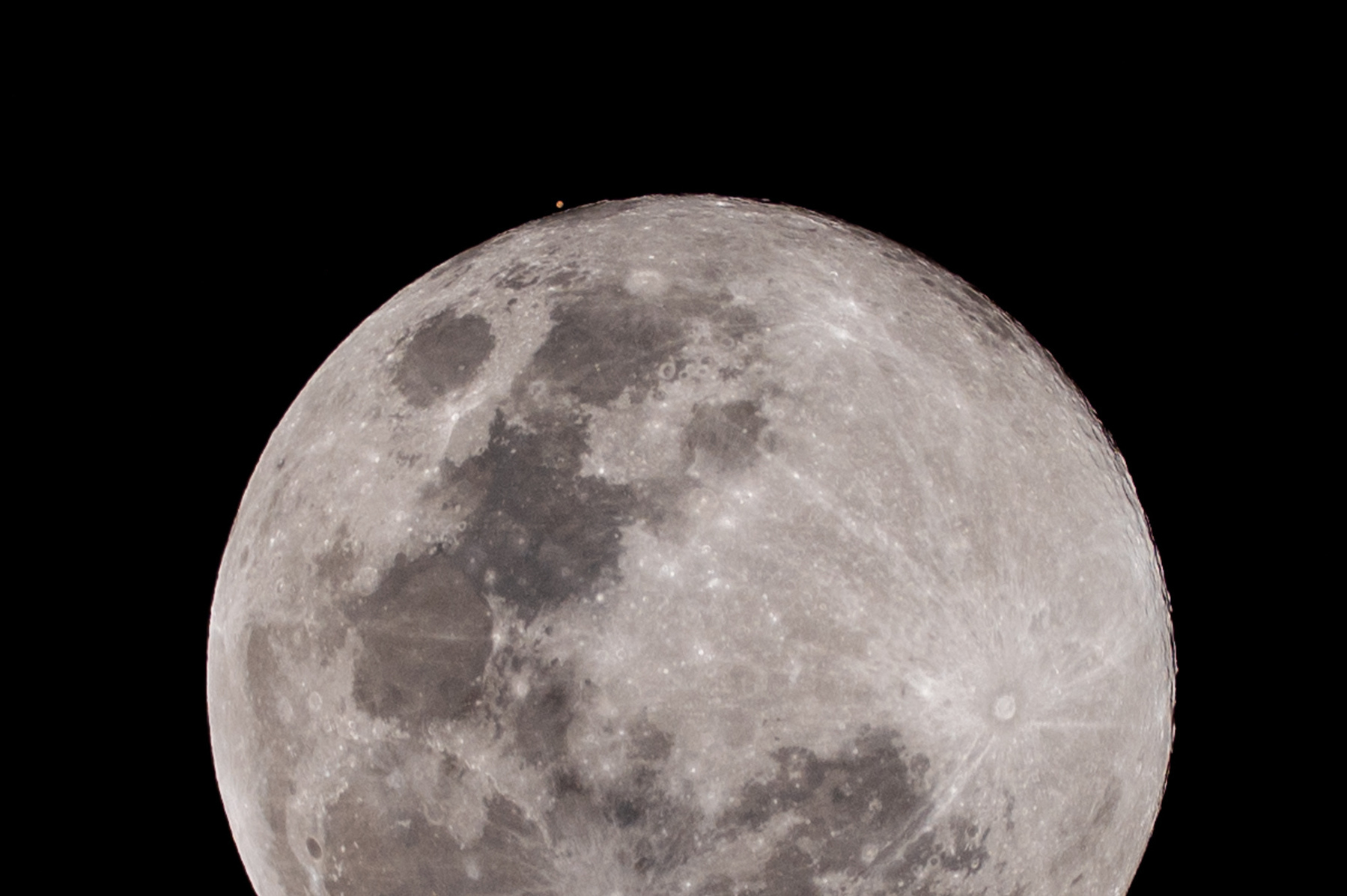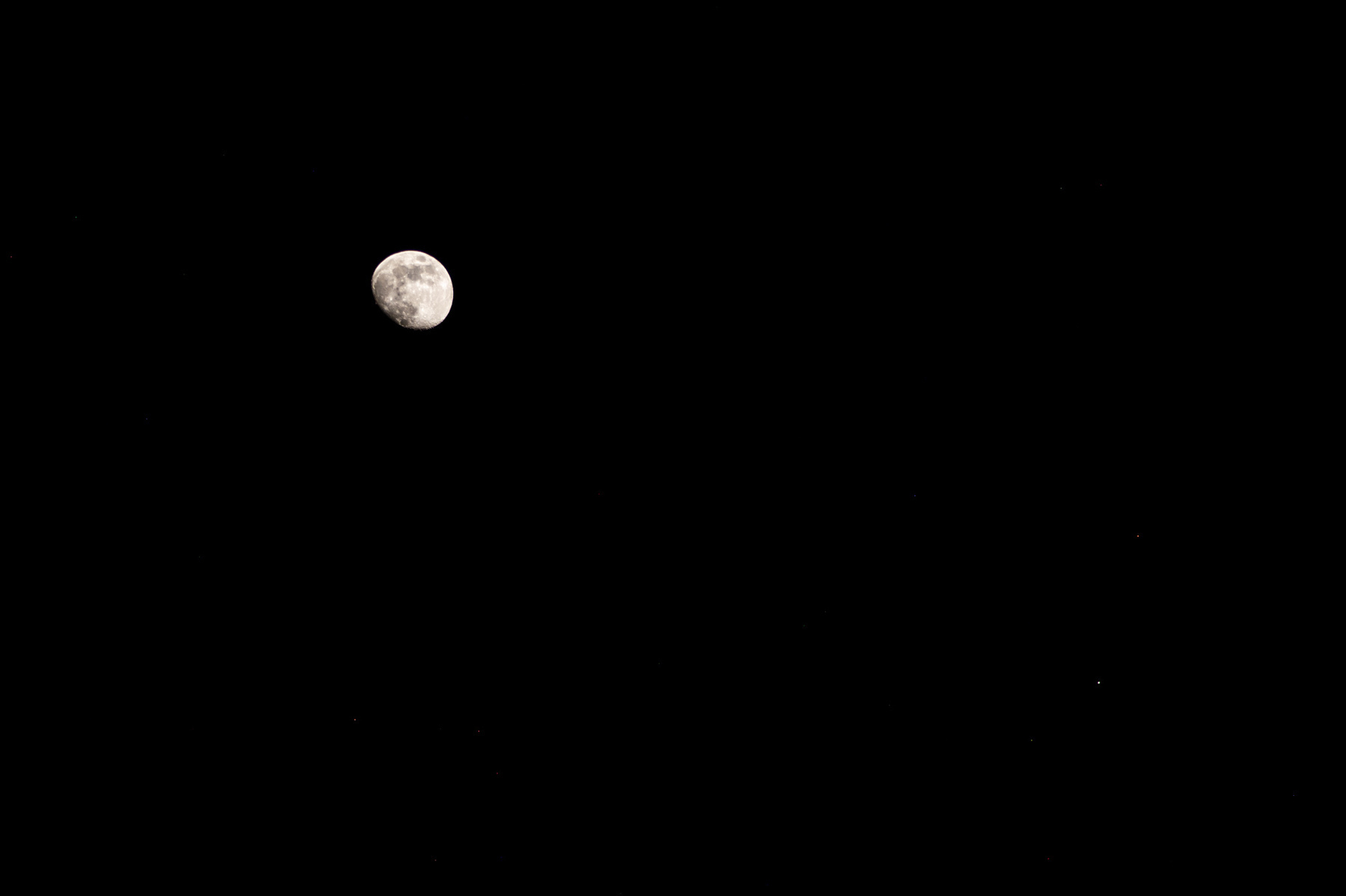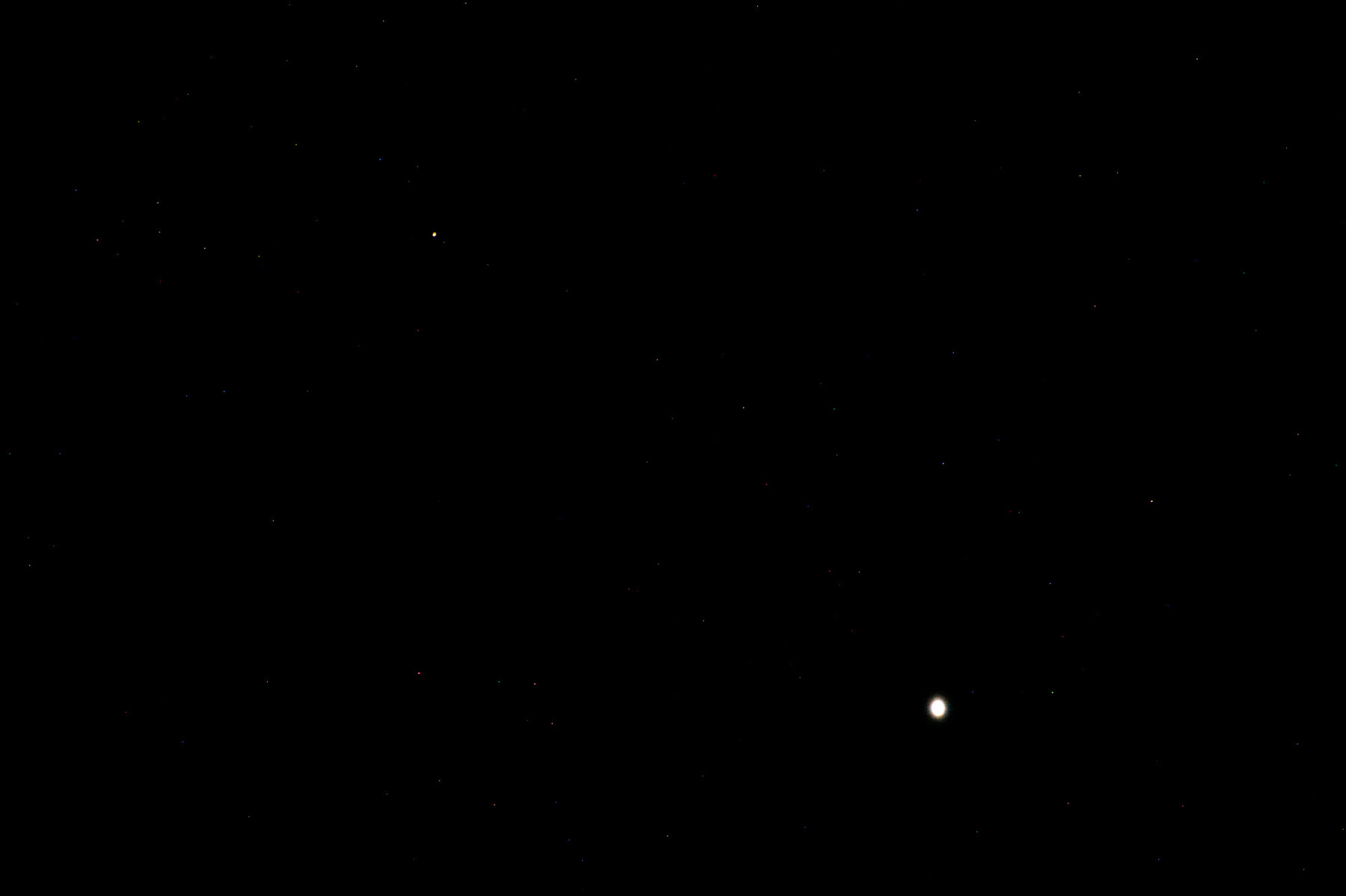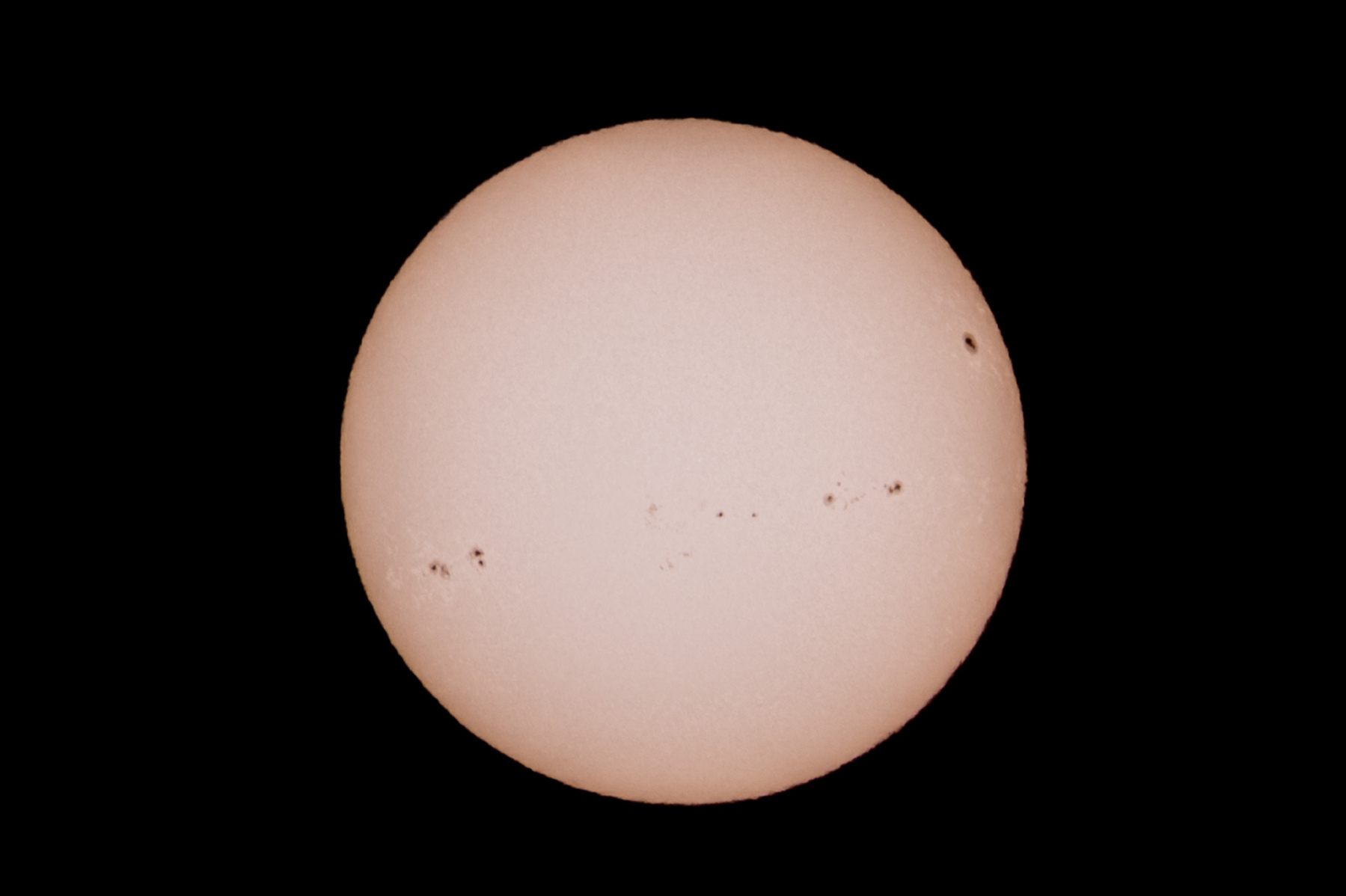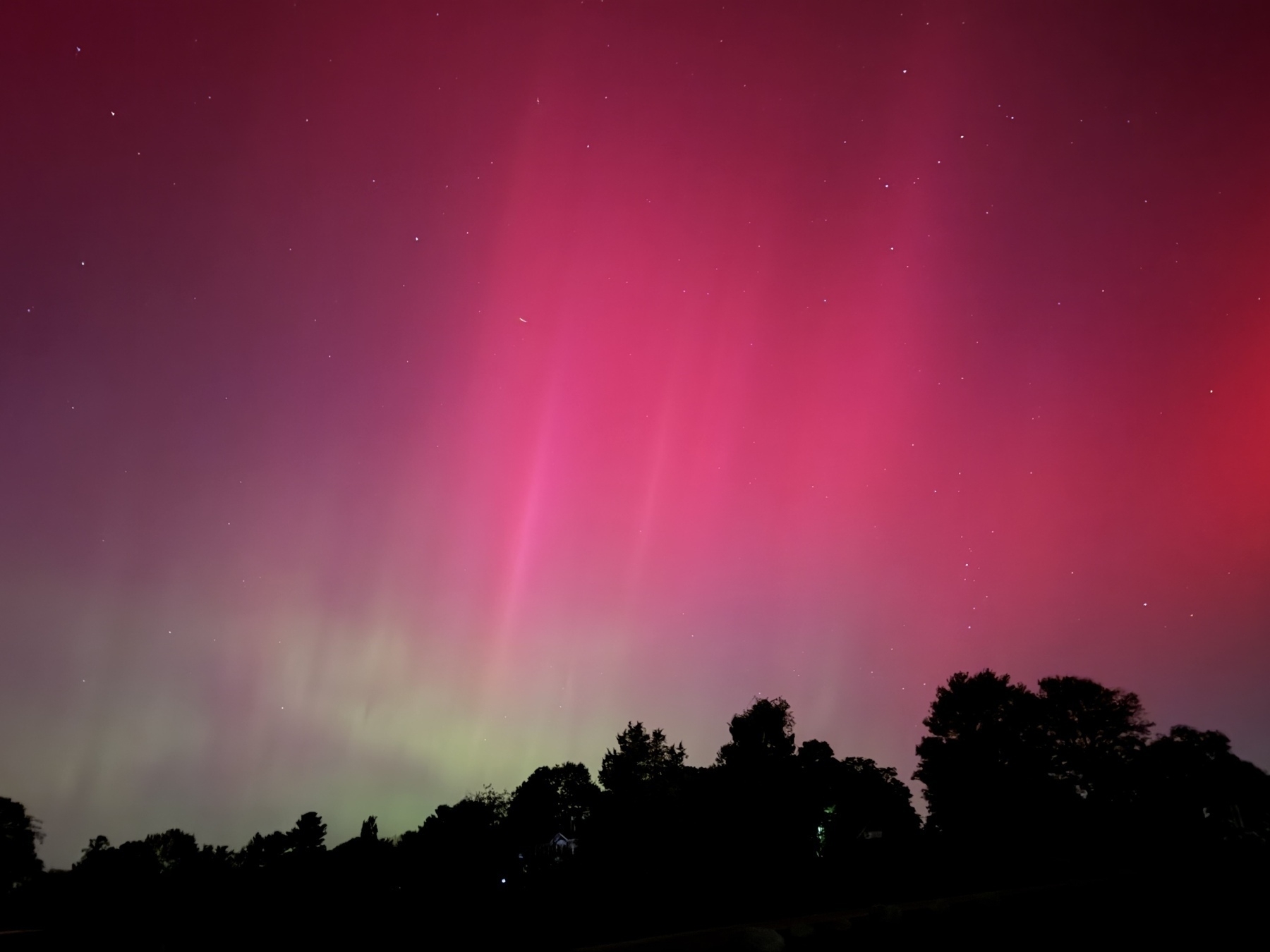Astro
Rosette nebula (NGC2244) is a giant molecular cloud where new star formation is happening. It is about 130 light years across and at 5000 light years from us.
🔭 William Optics Megrez 90 📷 ZWO ASI2600MC Duo 90 x 1 min exposures stacked in SIRIL and further stretched and processed in Photoshop
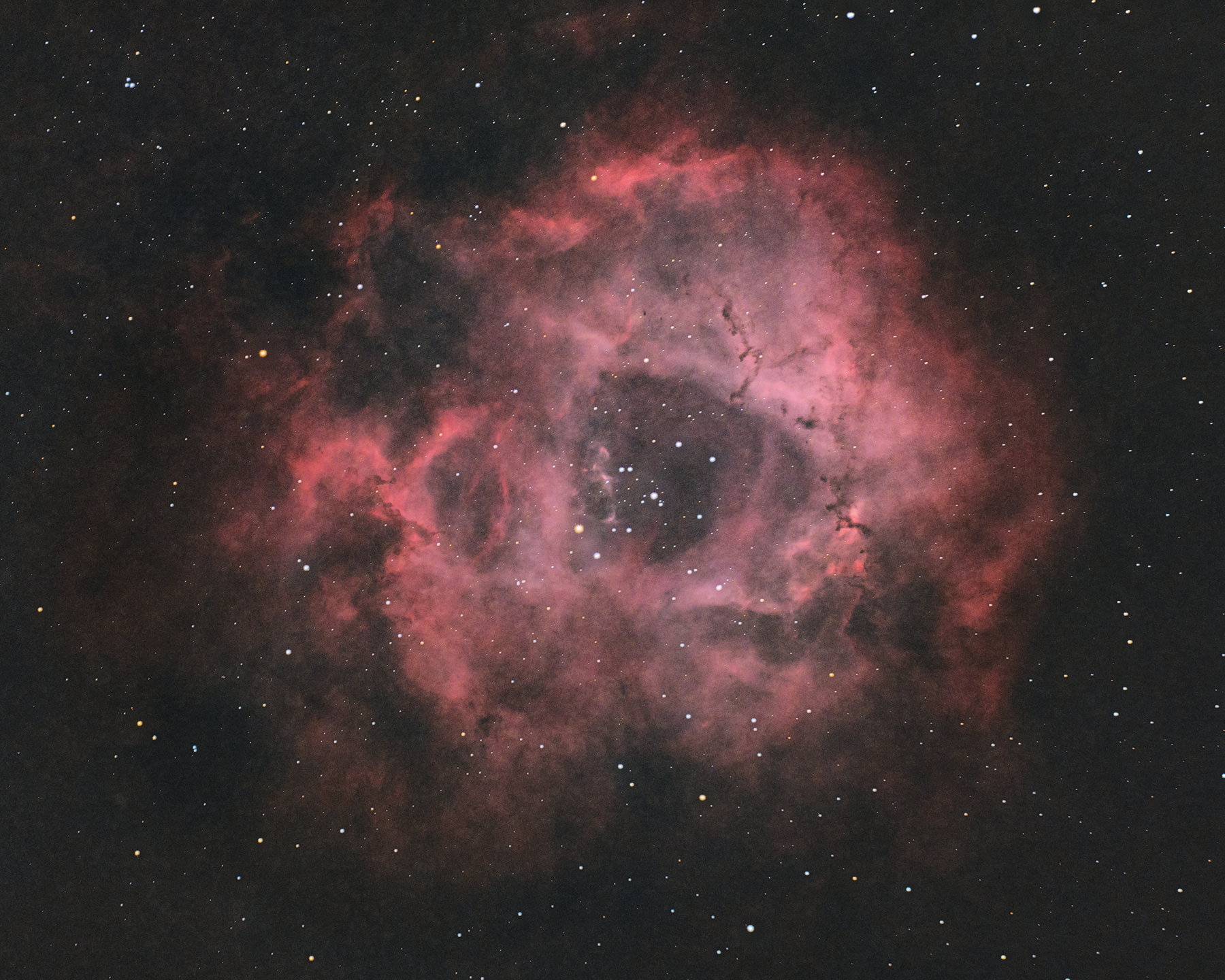
Flame and Horsehead nebulae in the constellation of Orion. New star formation is taking place in this region of gas clouds and dust at 1500 light years away.
🔭 William Optics Megrez 90 📷 ZWO ASI2600MC Duo 60 x 1 min exposures stacked in SIRIL and further stretched and processed in Photoshop.

Made a quick composite image showing Mars before (below) and after (above) the Lunar occultation. I have enough images to make a video but need time to do that.

Looking forward to Mars occultation by the Moon on Monday (Jan 13) night around 9:30 pm EST. The weather seems to be iffy but observing this in partly cloudy skies won’t be a problem as long as the Moon stays away from clouds. 🤞🤞
The open star cluster Pleiades (M45) aka Subaru cluster is about 440 light years away. It consists of these hot blue young stars (~100 million years old) that light up the reflection nebula around it.
This image is a composite of 92 one minute exposures.

Astrophotography in 2024
As this year comes to an end, I am going to review my astronomy photos. It seems like there were more cloudy and rainy nights than usual, so there were fewer deep-sky astrophotos. But the Sun put on a great show with the total eclipse in April and the spectacular auroras. Also, there was Comet Tsuchinshan-ATLAS that kinda lived up to the hype.
Let’s start in January-February 2024:
Heart nebula from Cassiopeia.

The Orion and Running man nebulae.

Flame and Horsehead nebulae.

My favorite constellation in the sky: Orion. Taken with a 40mm lens attached to Nikon Z6 camera through a diffuser filter. The filter brings out the colors of the stars.
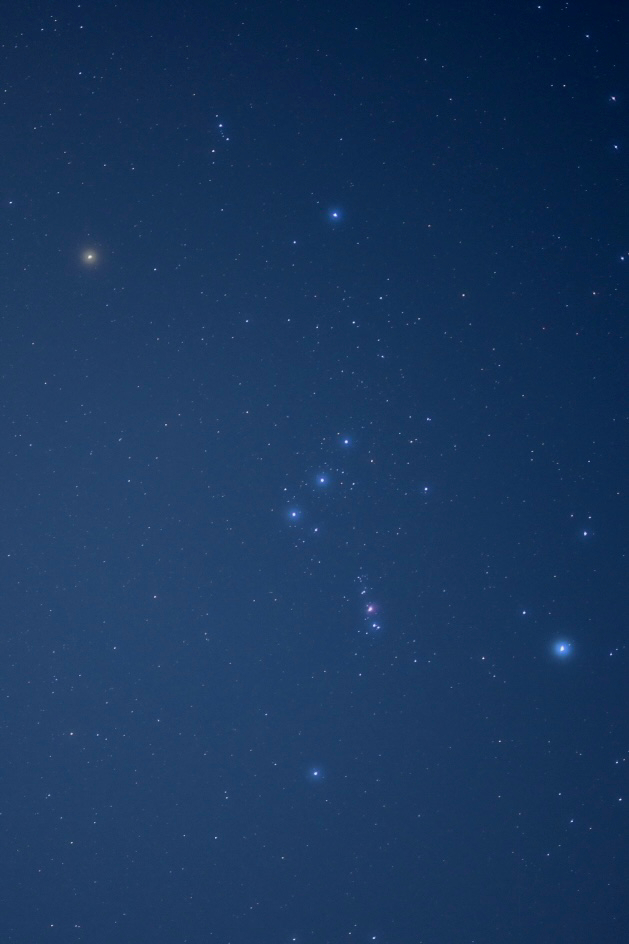
In March, I was able to capture Comet 12P-Pons-Brooks. It didn’t get as bright as was expected.

One of the highlights of this year was the total solar eclipse on April 8th. After making and canceling and making new plans, we watched 3 and half minutes of totality from Plattsburgh, NY.

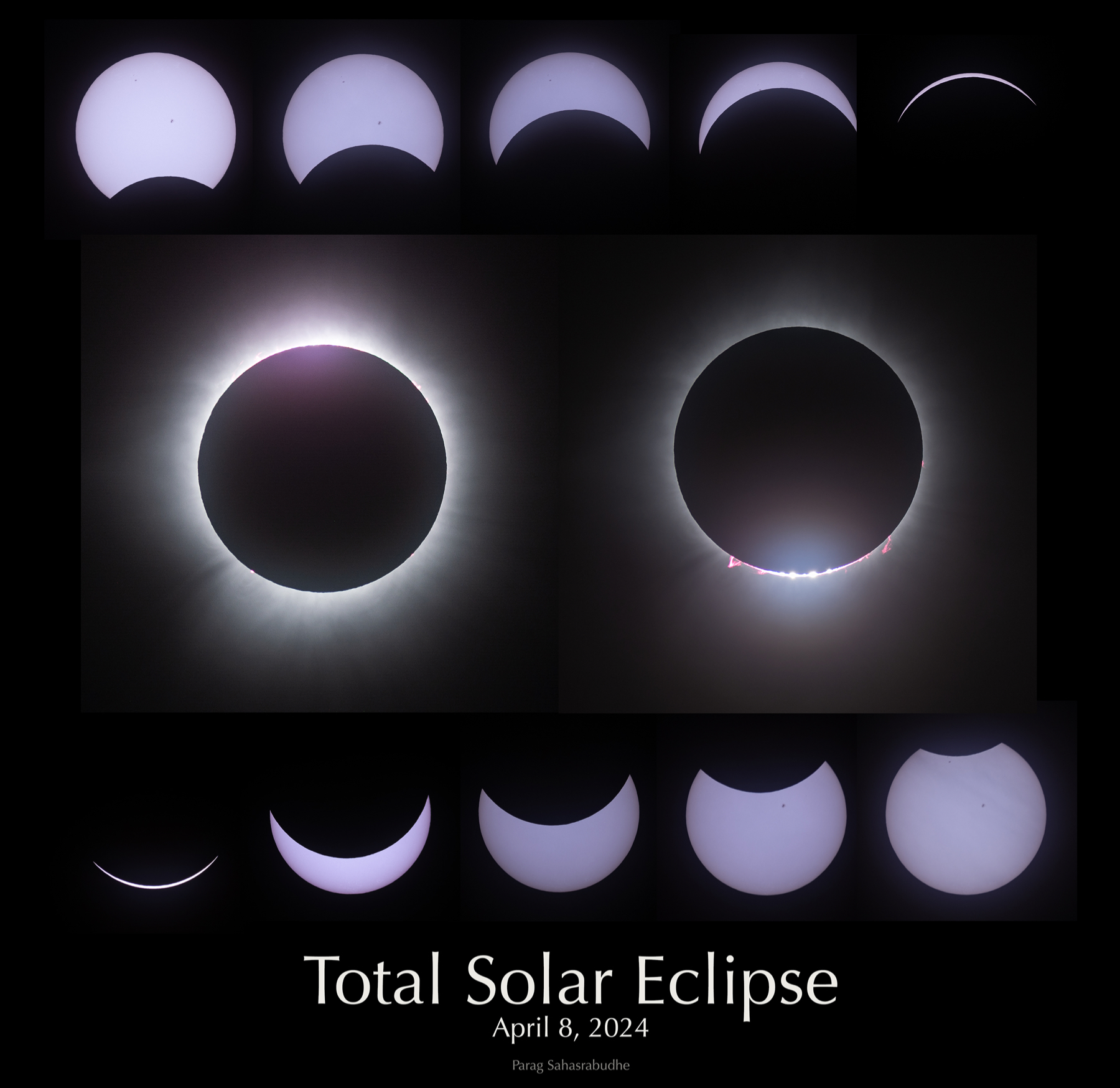
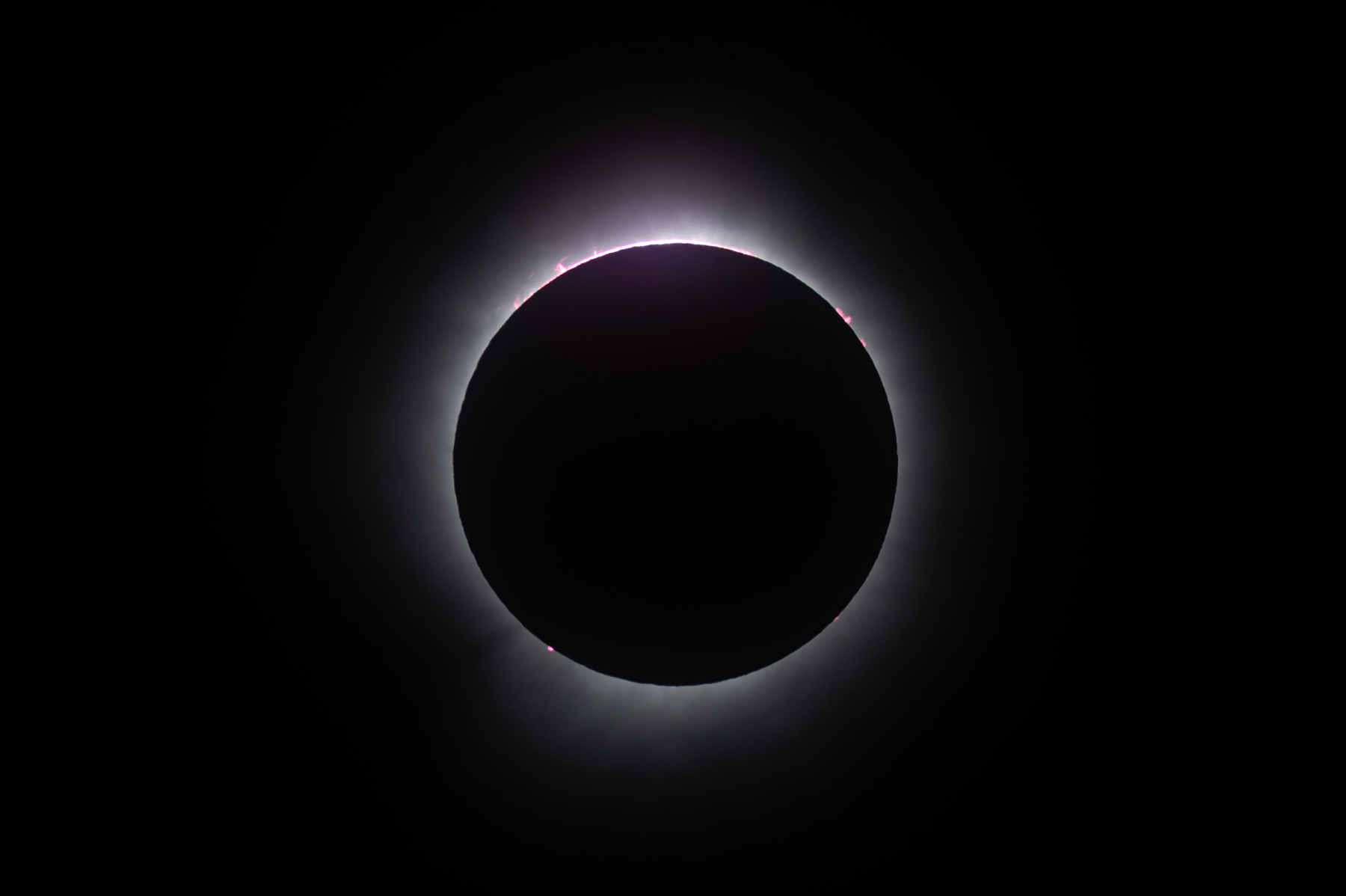
These 2 were my most favorite photos of the eclipse.

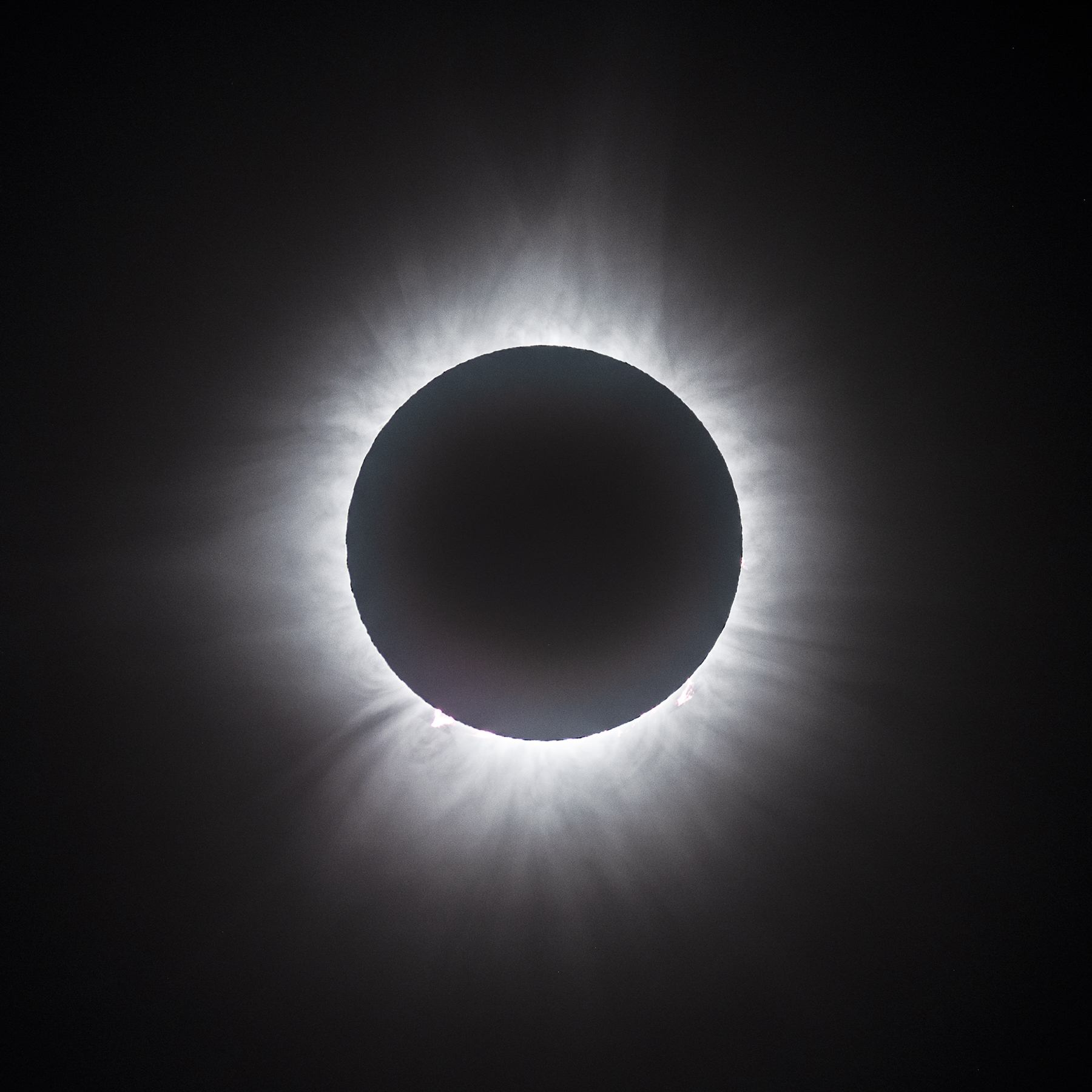
As the solar activity is around maximum of the current cycle, Auroras were seen from places 40N and lower. We were treated with a wonderful display in Connecticut on May 10th. Best birthday present anyone ever gave to me.
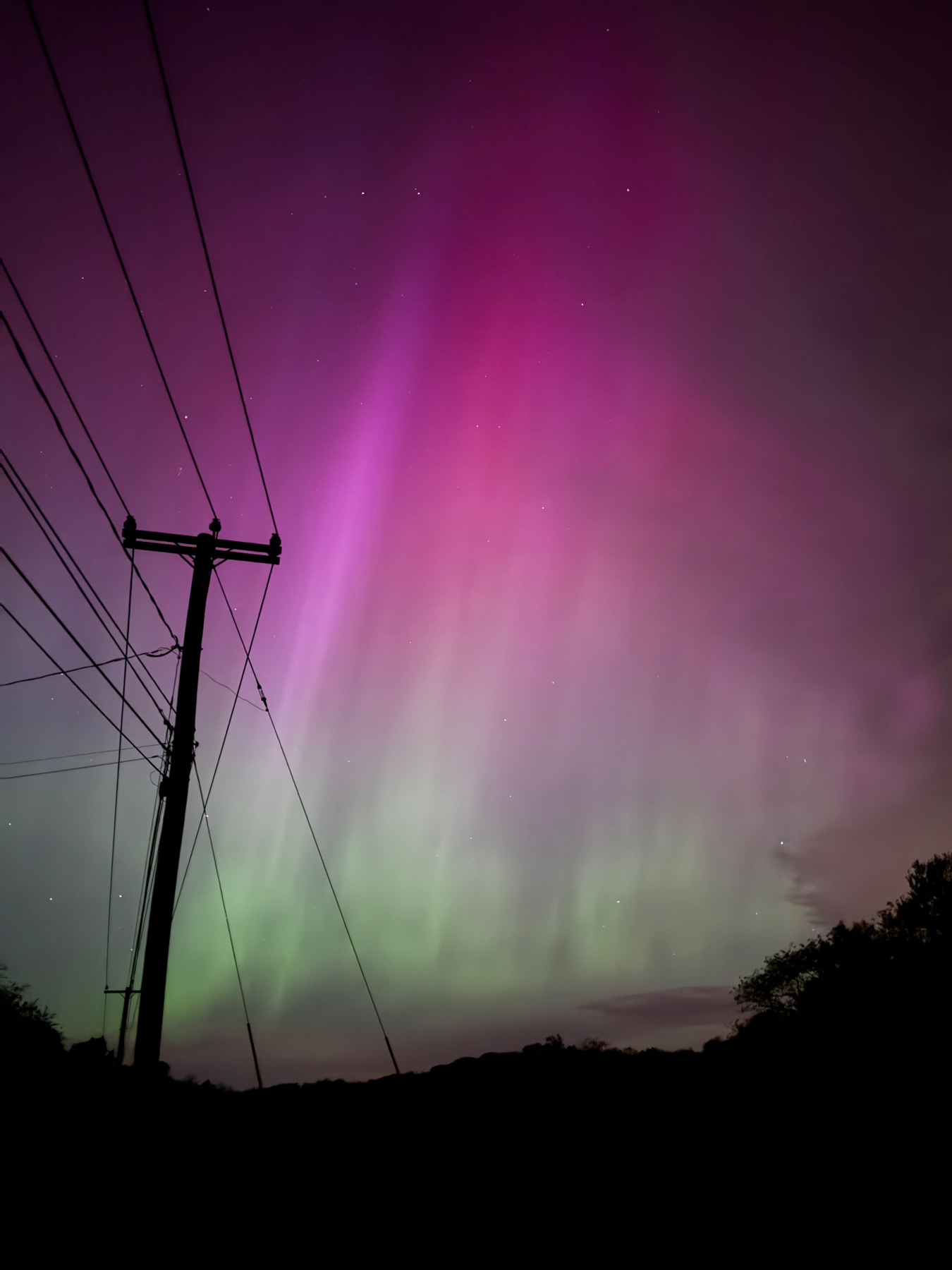
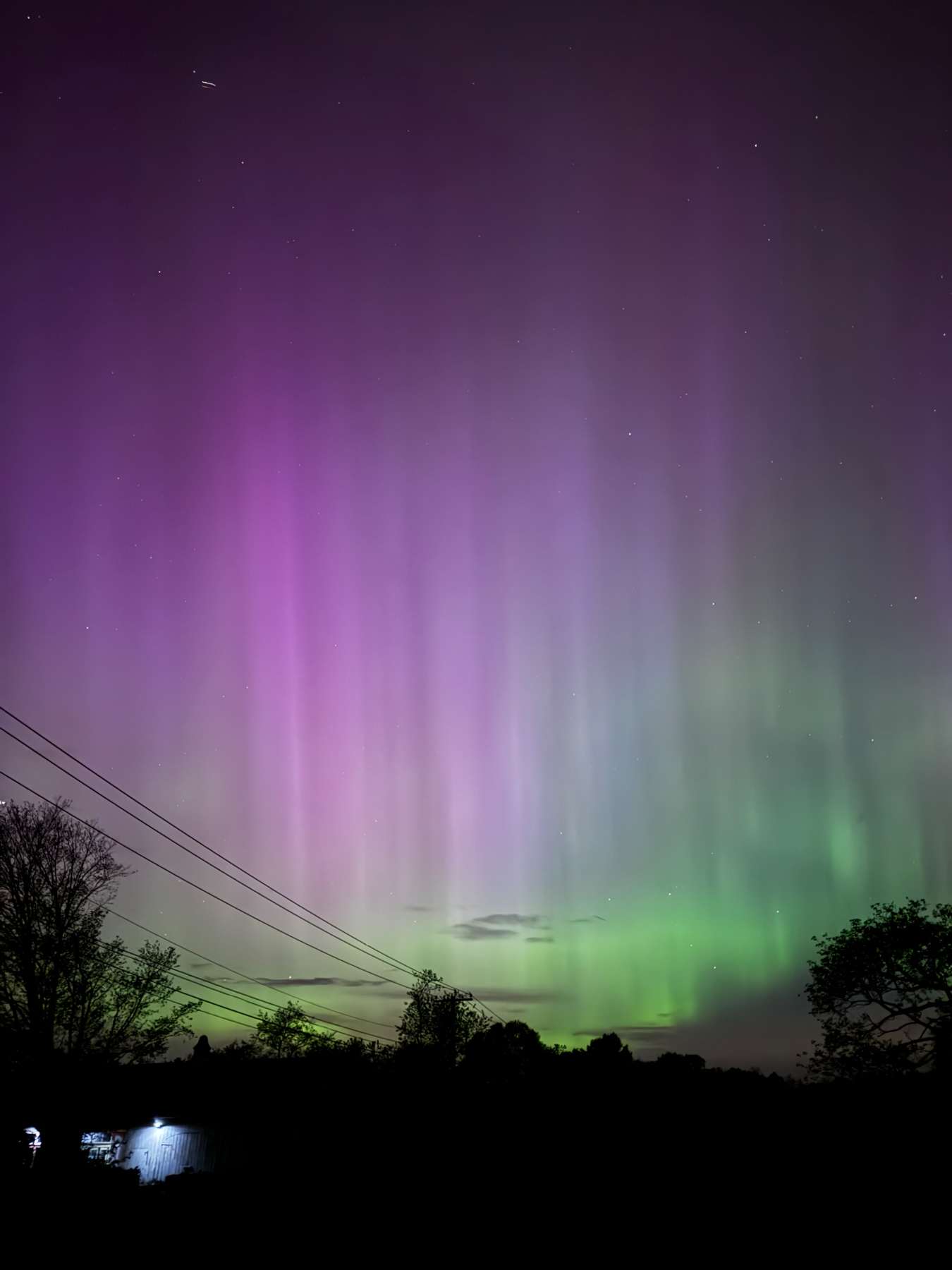
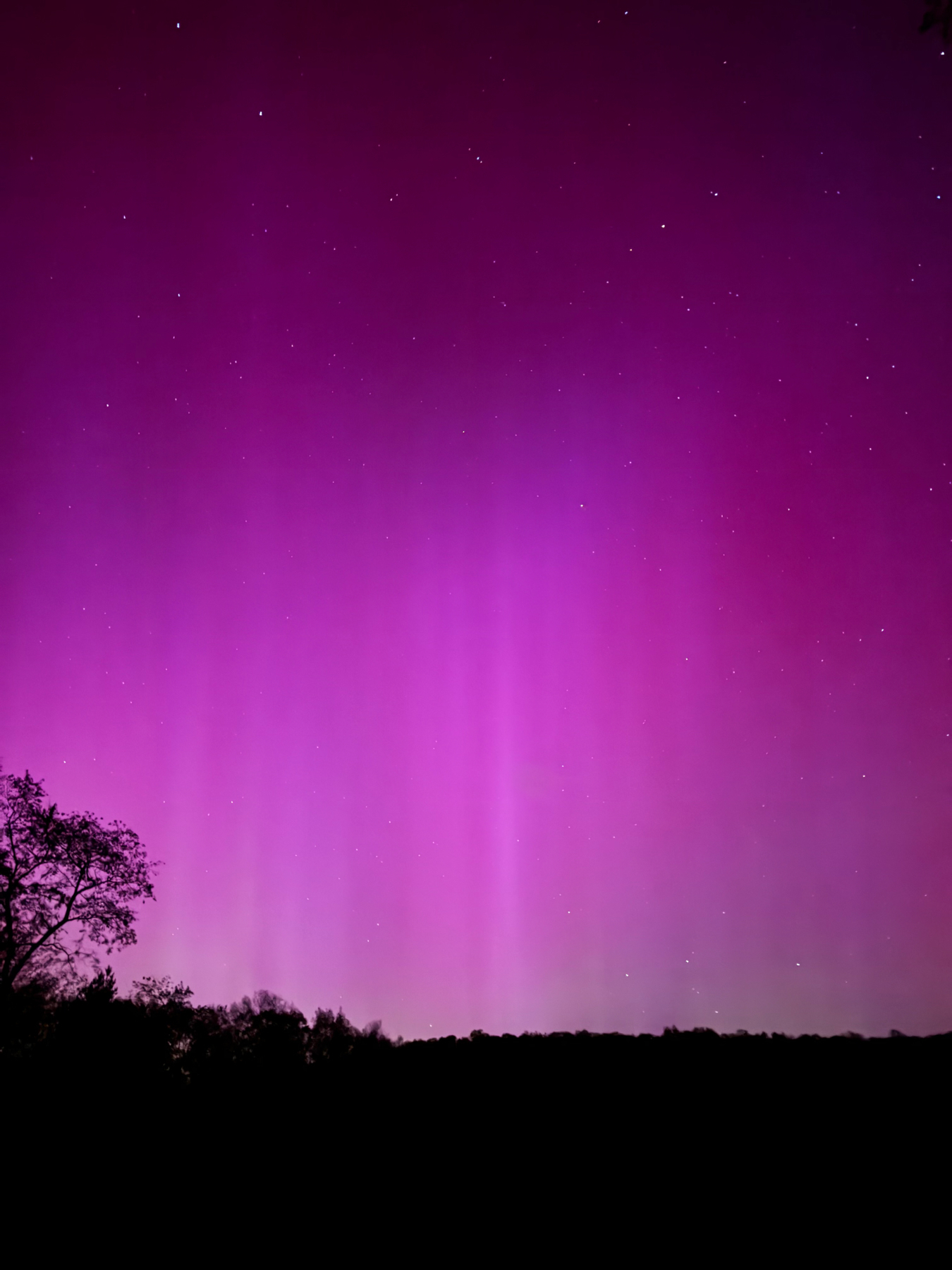

In June, during the firefly season, I tried capturing the star trails and fireflies in the same image. I like this idea and will try to get more photos like this in 2025.

Saw this nice 22 degree halo around the Sun in July.
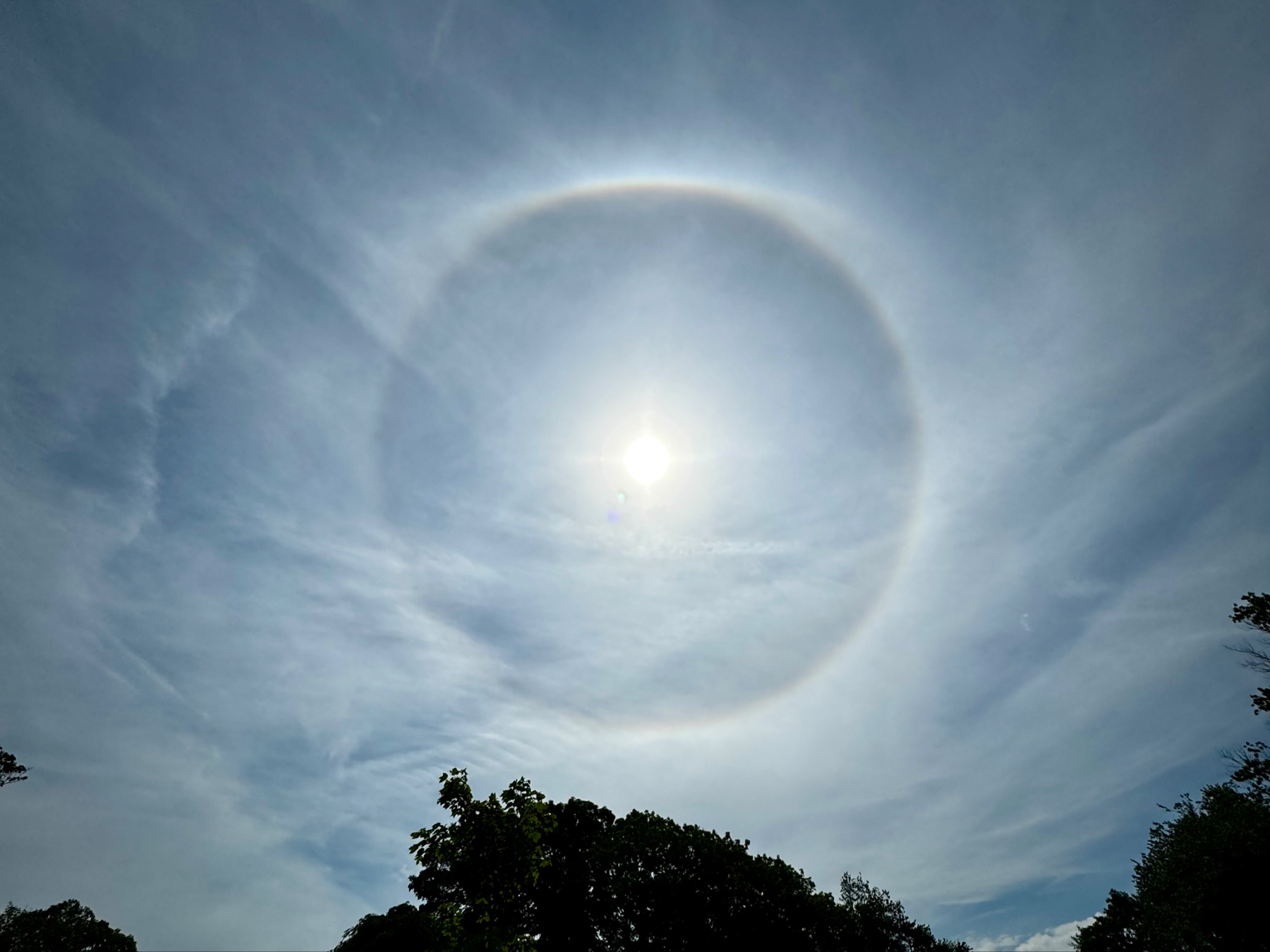
Evenings in August are usually nice to catch the Milky Way stretching across the sky. The iPhone camera does an excellent job with long exposure photos to capture the Milky Way.
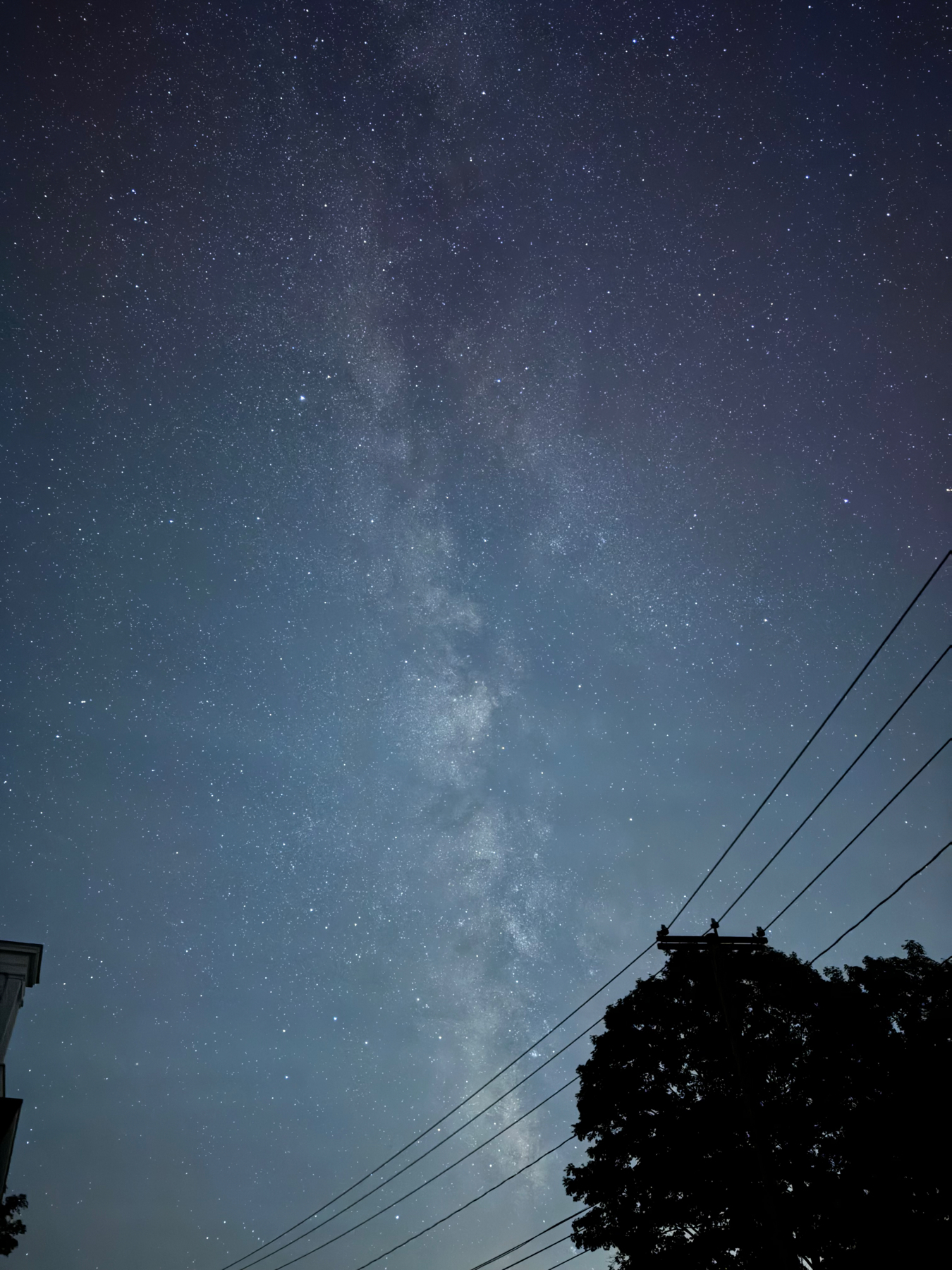
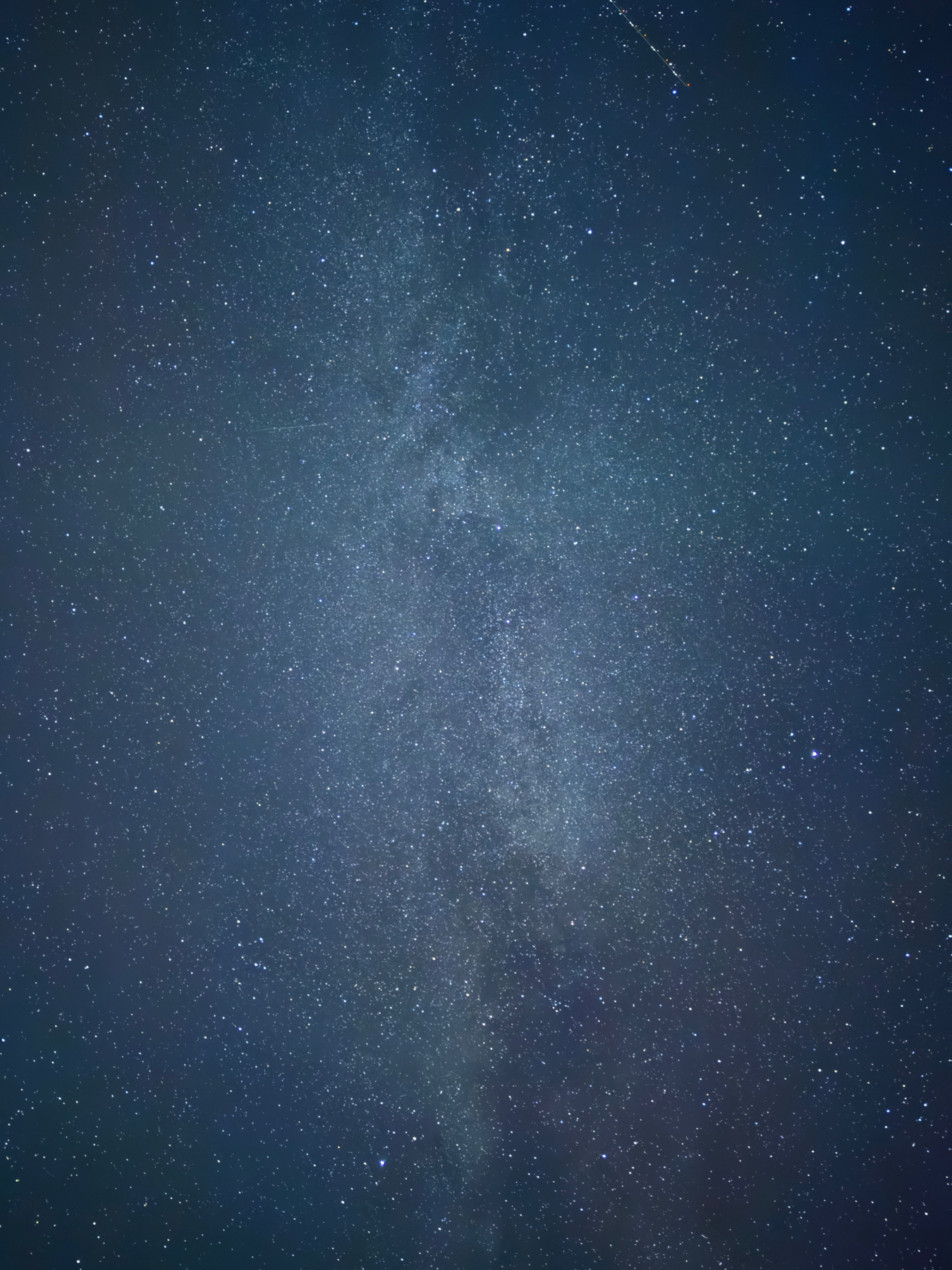
In August, there was another nice event to capture - the conjunction of Mars and Jupiter. These two bright objects were just half a degree apart from each other.
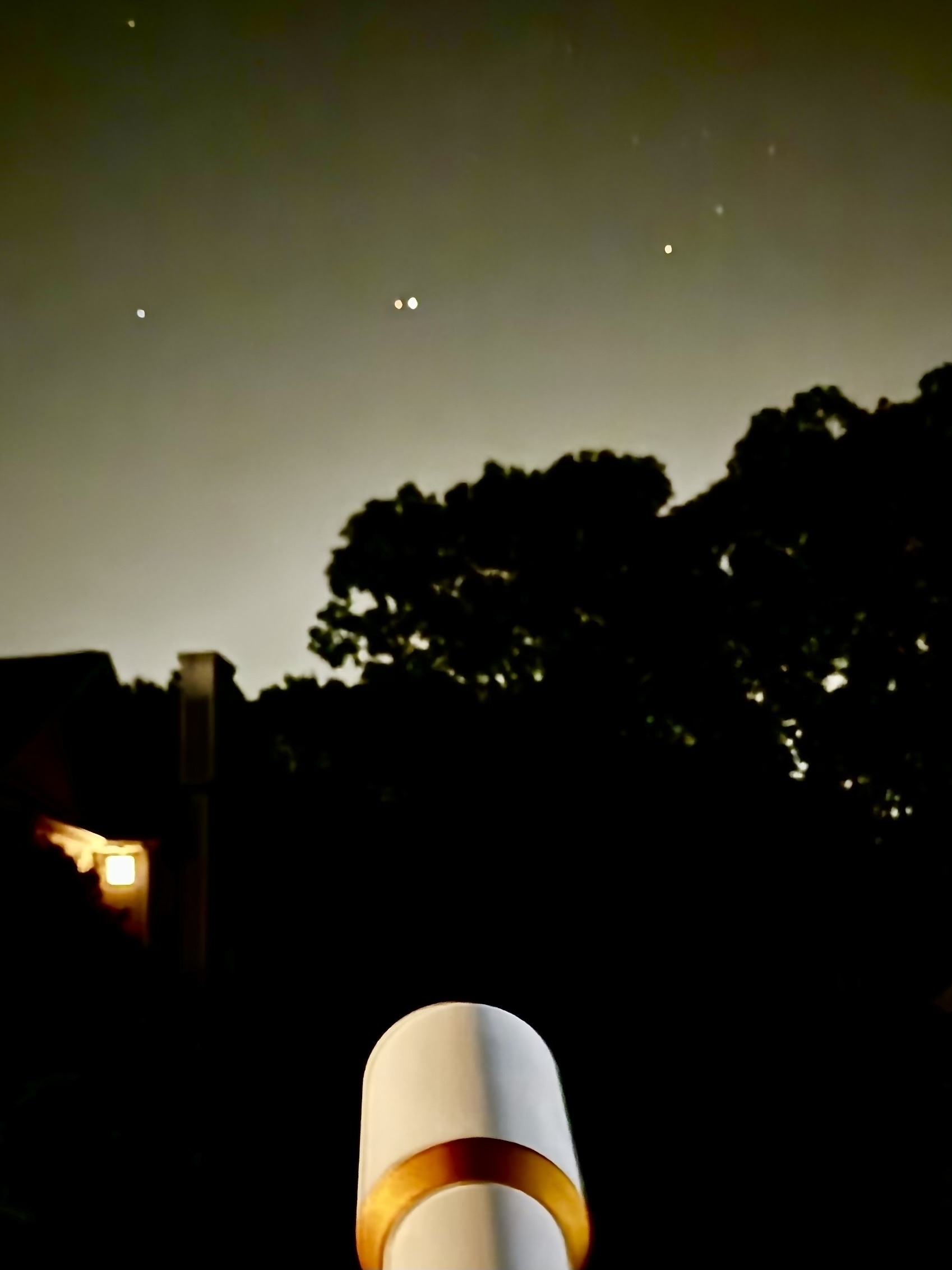
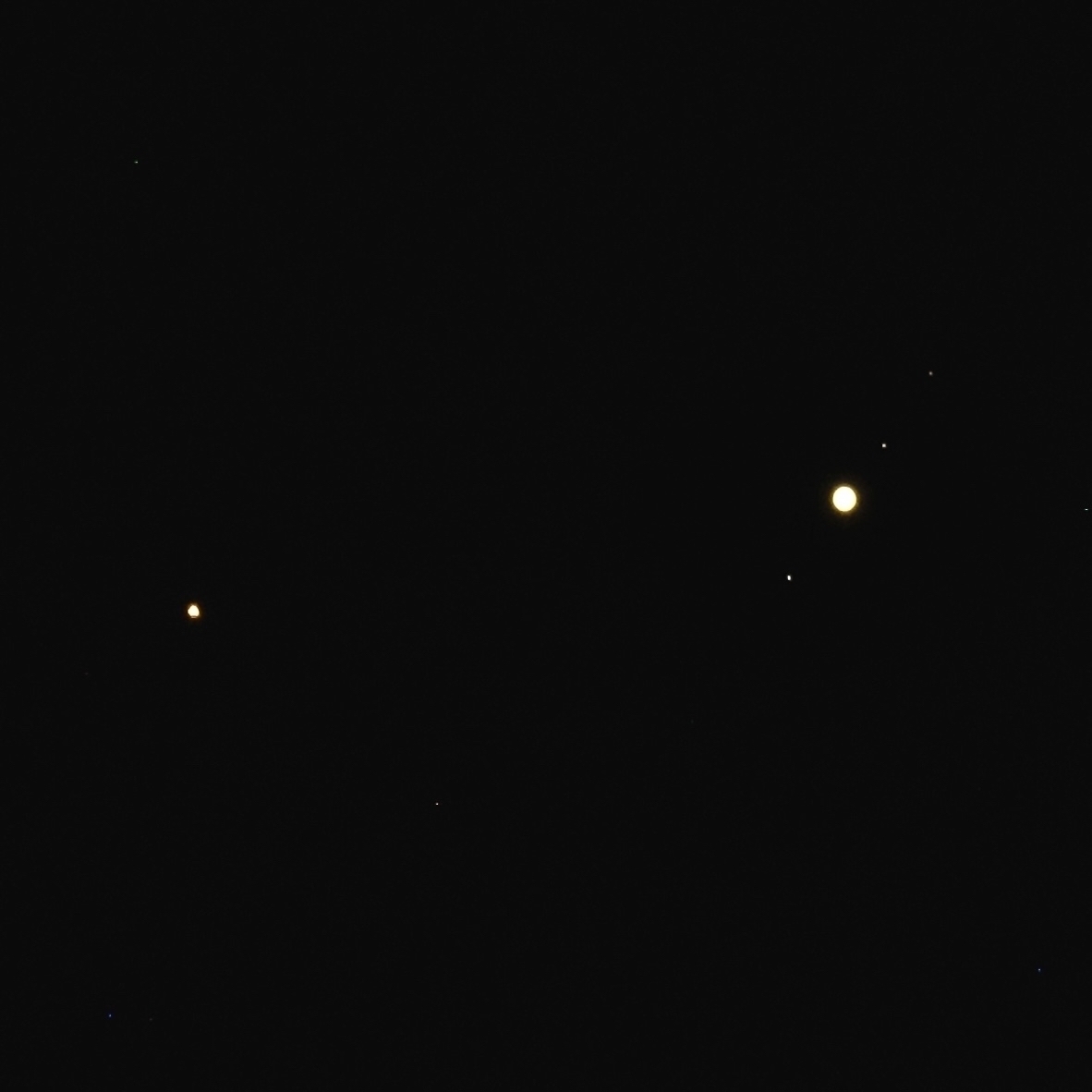
We visited Iceland in September and experienced Auroras on multiple nights. It was just mind blowing!

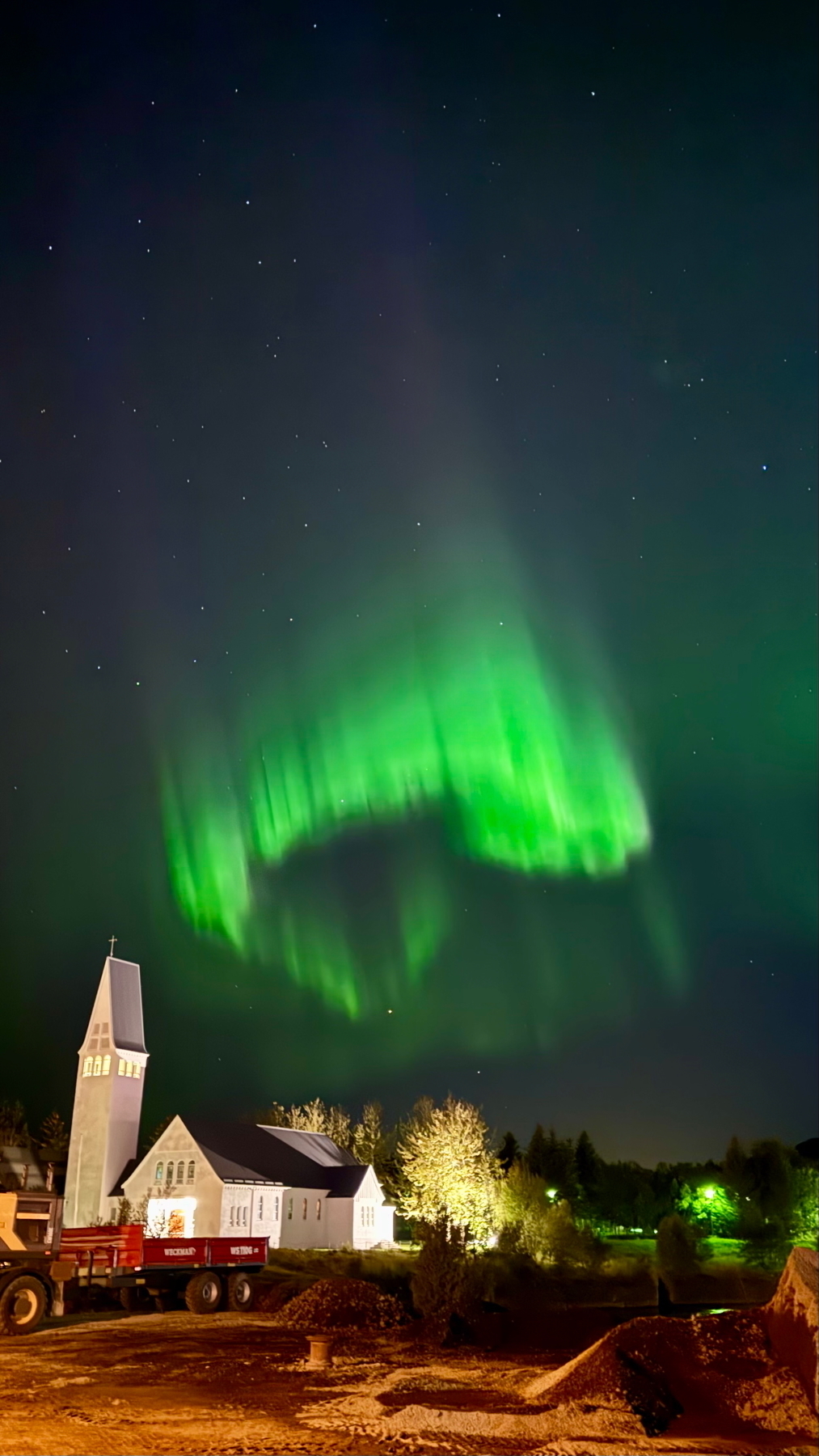
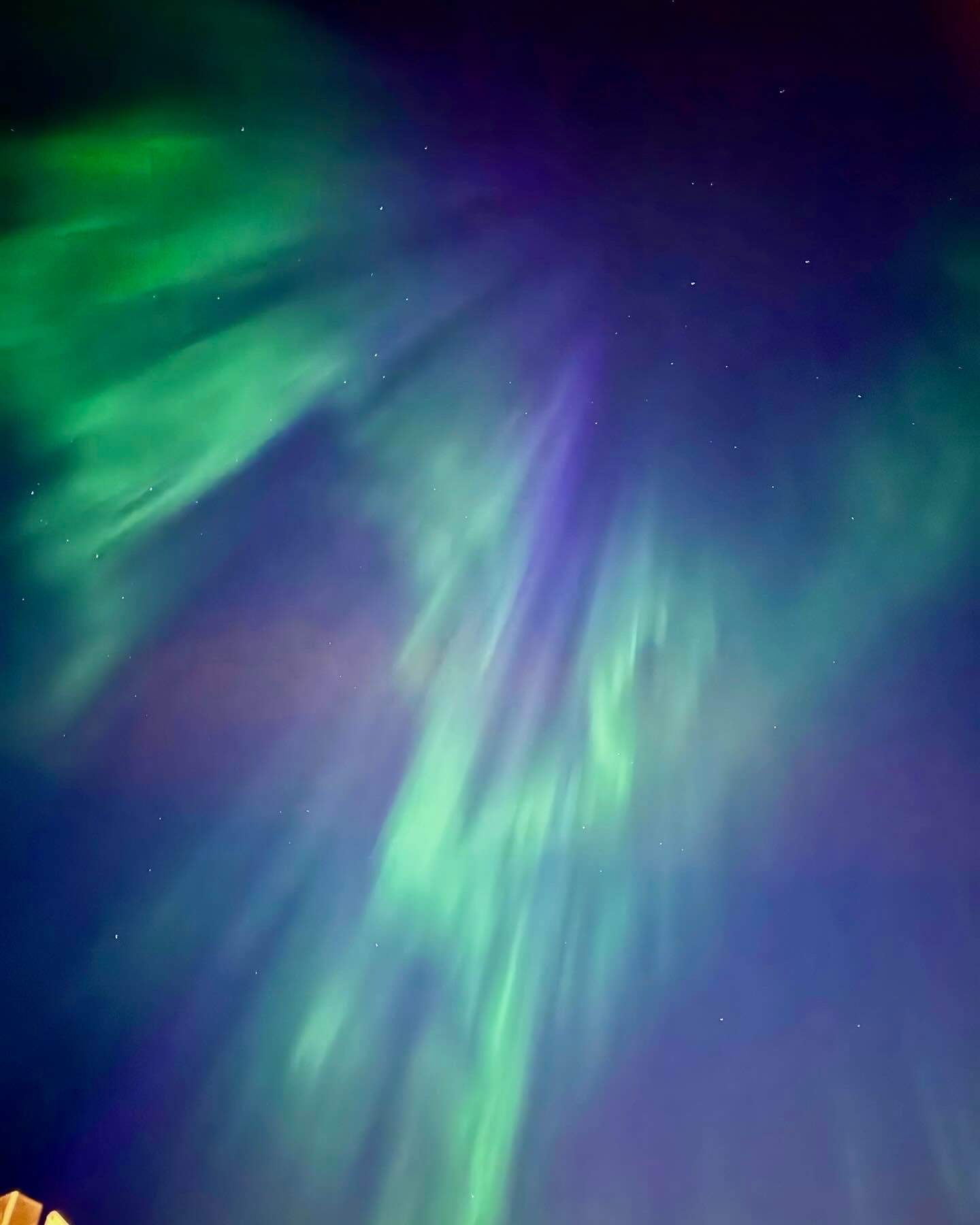
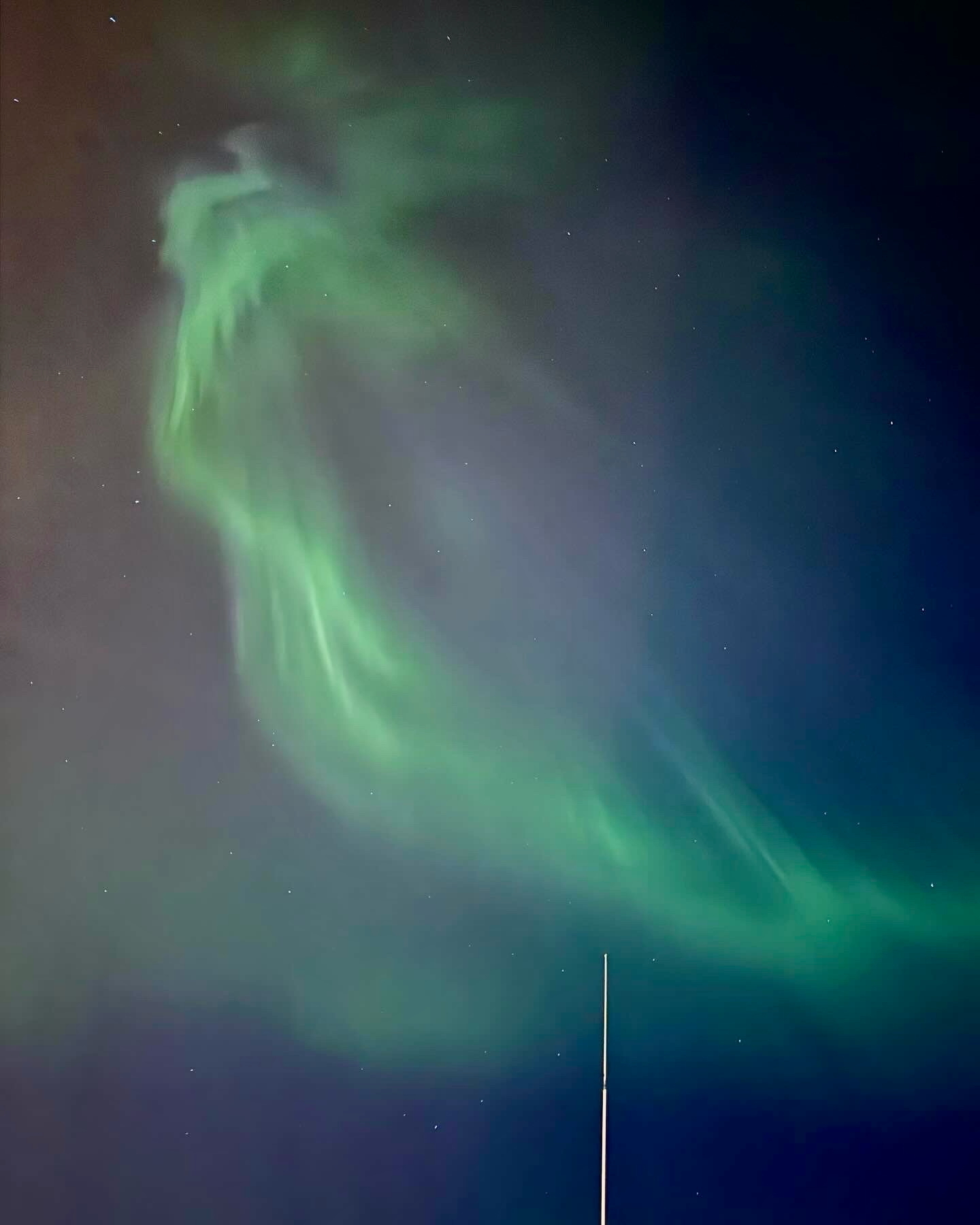
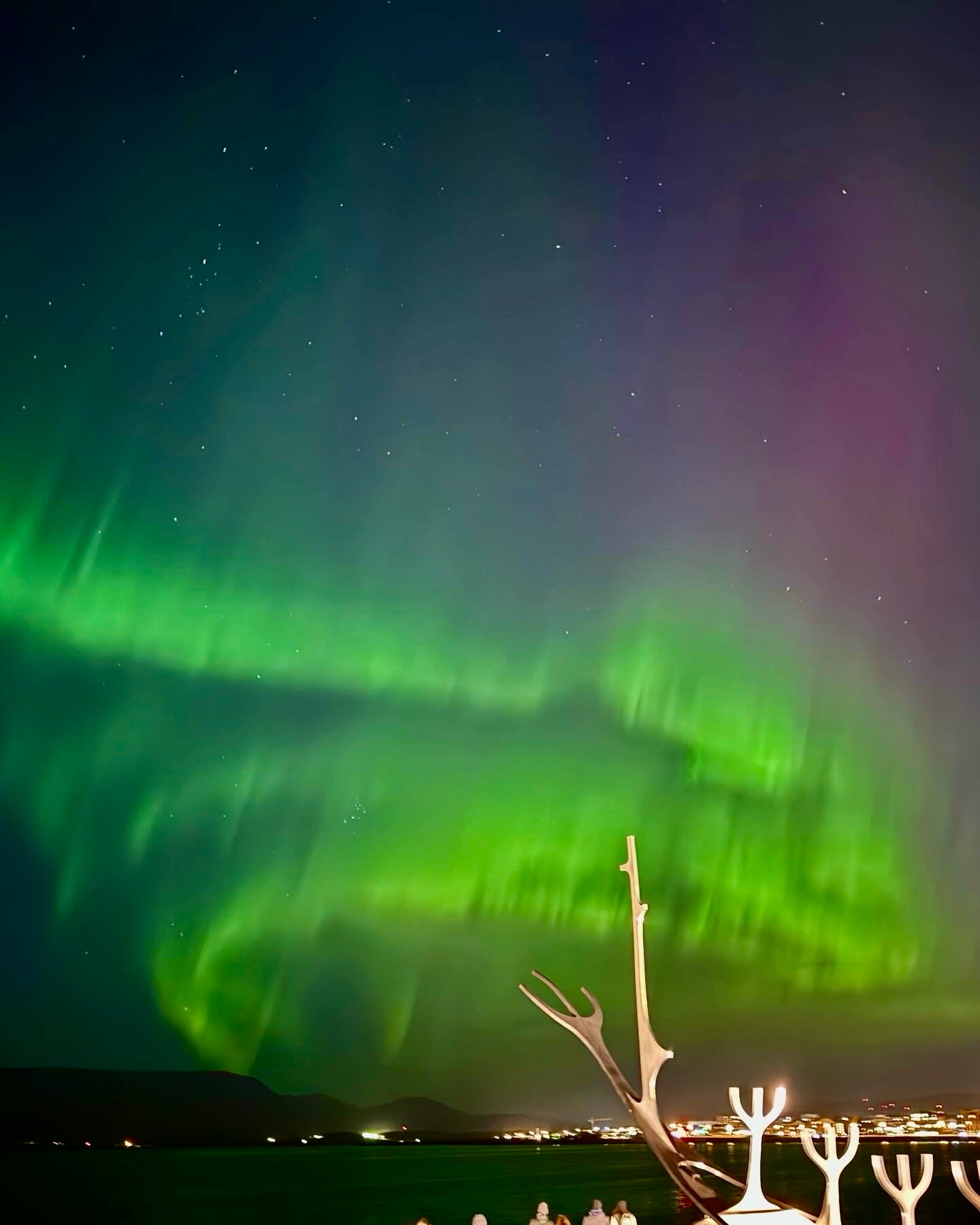
I was able to create a star trails image with Aurora on the horizon. Wish I had taken more photos like this.

The high solar activity continued in October and we saw more Auroras from Connecticut at 41N latitude.
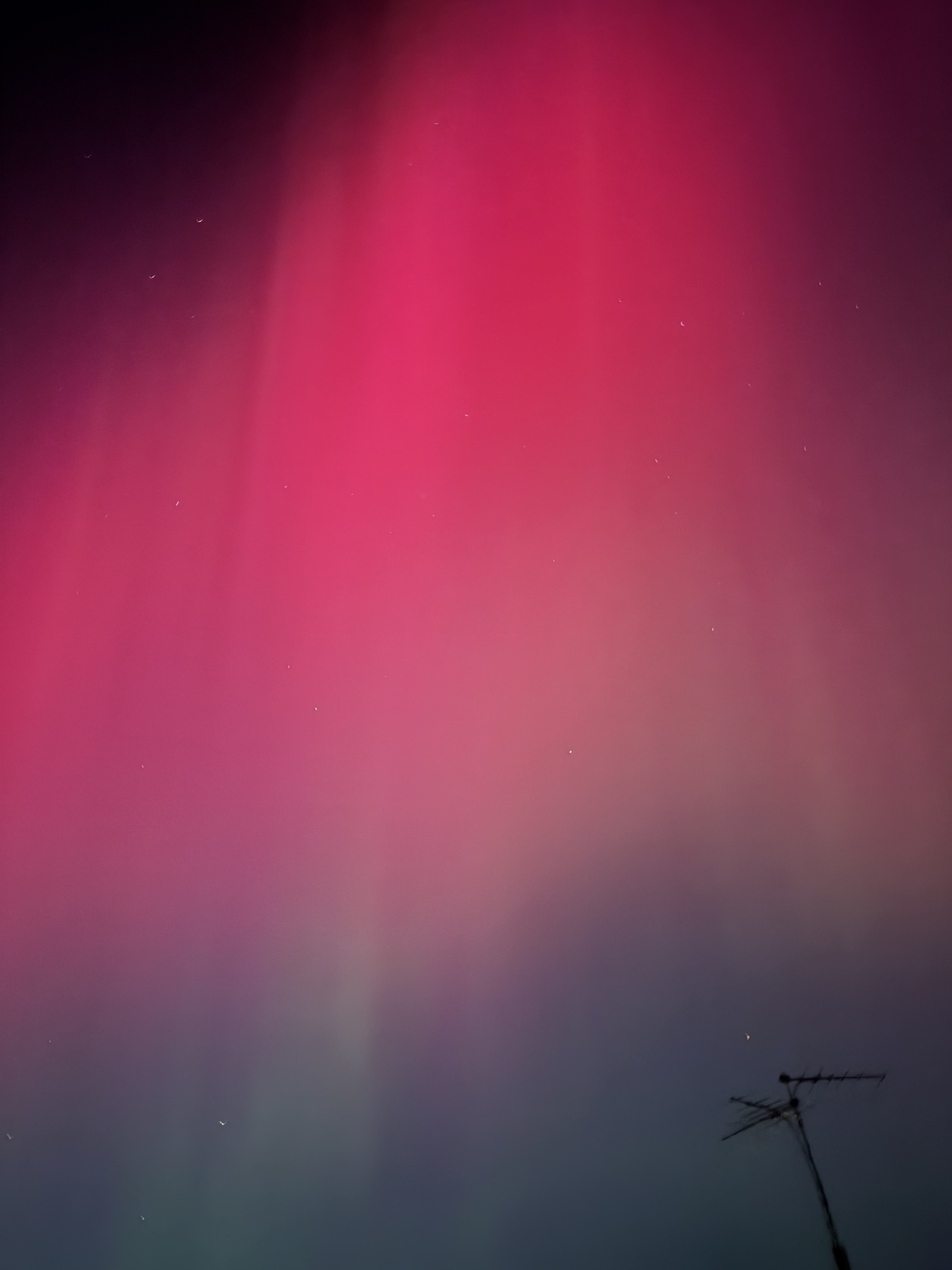
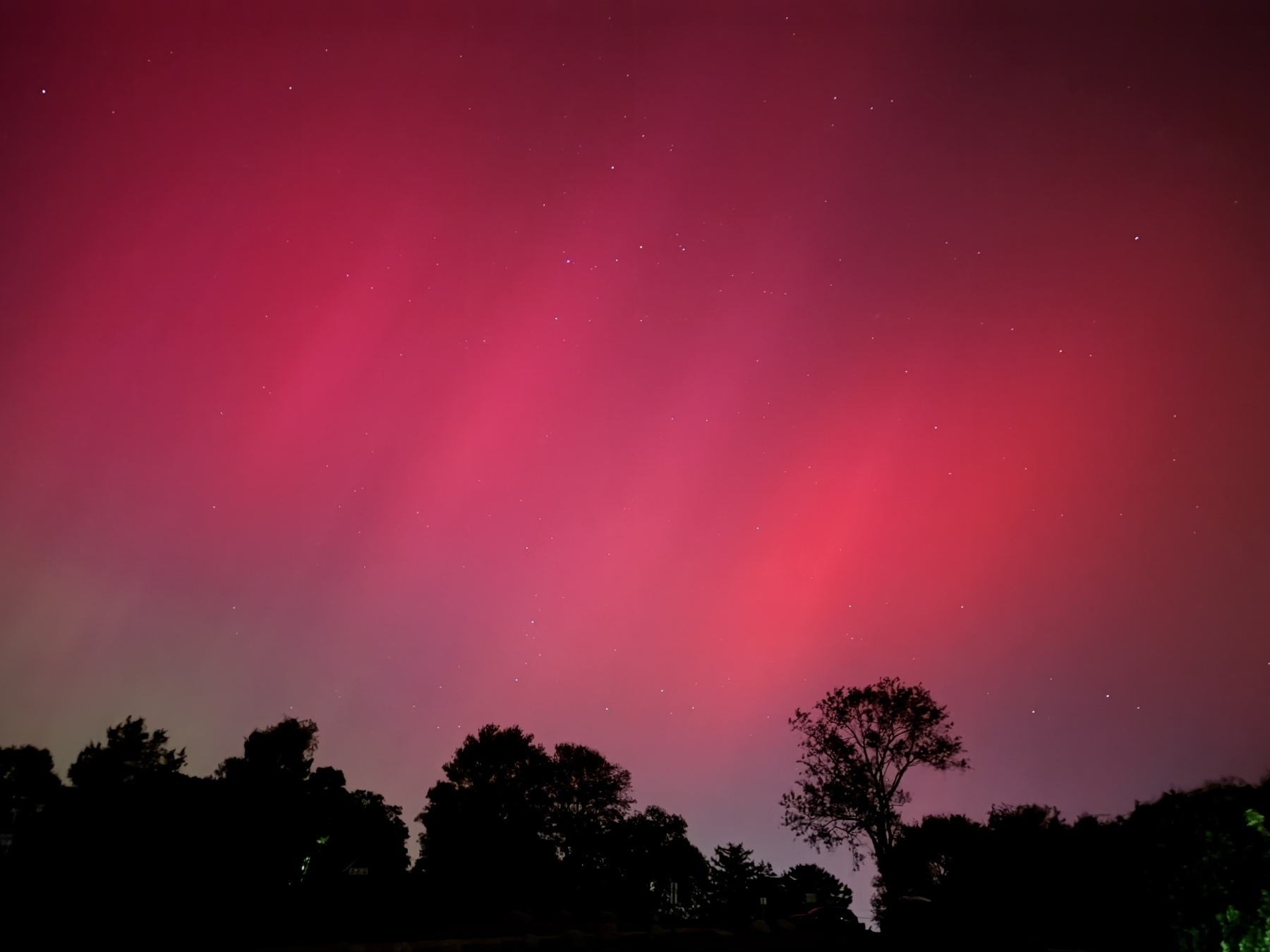
Comet Tsuchinshan-ATLAS made a nice appearance first in the morning sky and then in the evening sky throughout October.

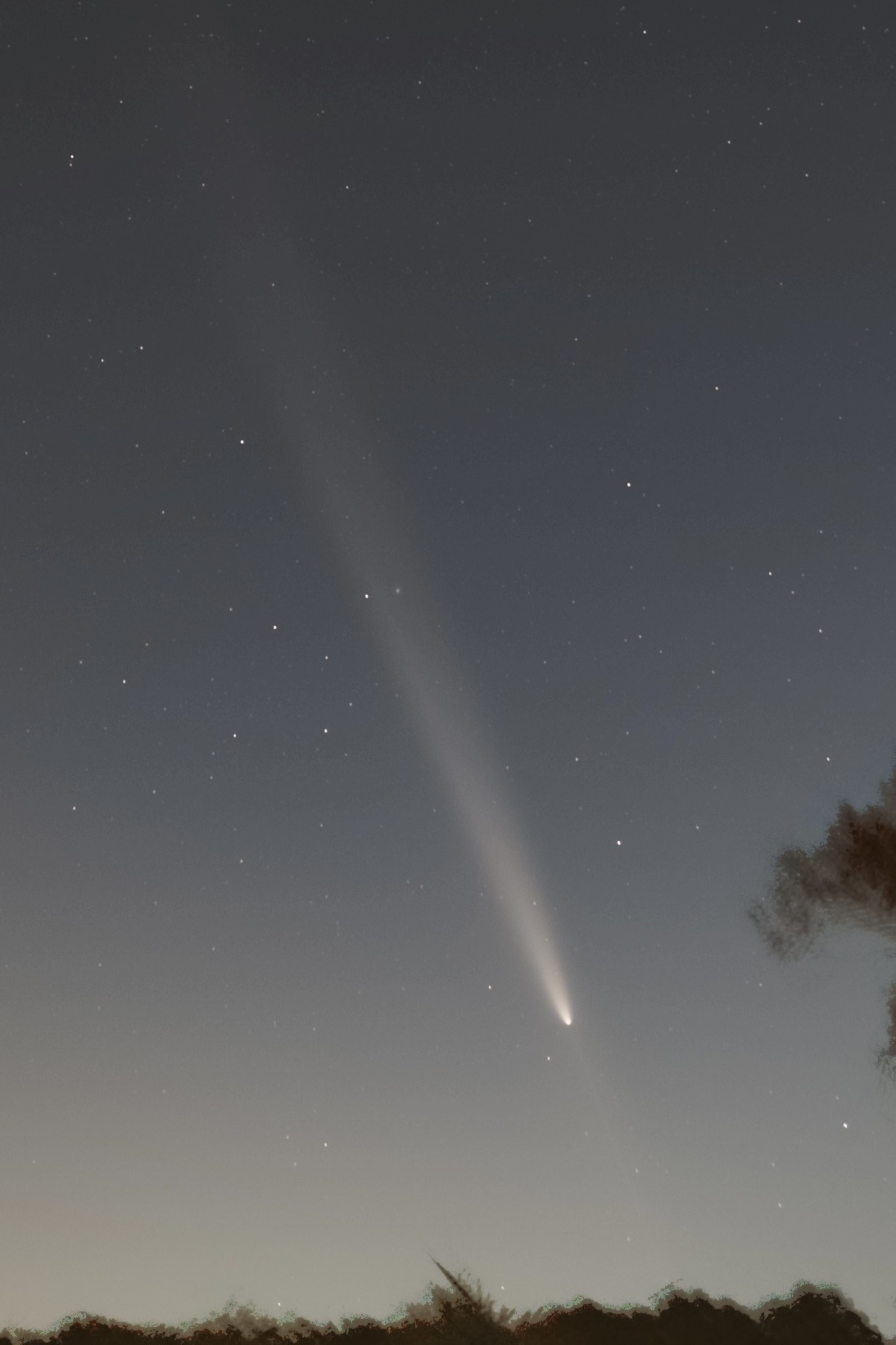

There were some clear skies in November and I could get back to deep-sky astrophotography again to capture some favorites like Andromeda galaxy, Perseus double cluster, Iris nebula and Eastern Veil nebula.
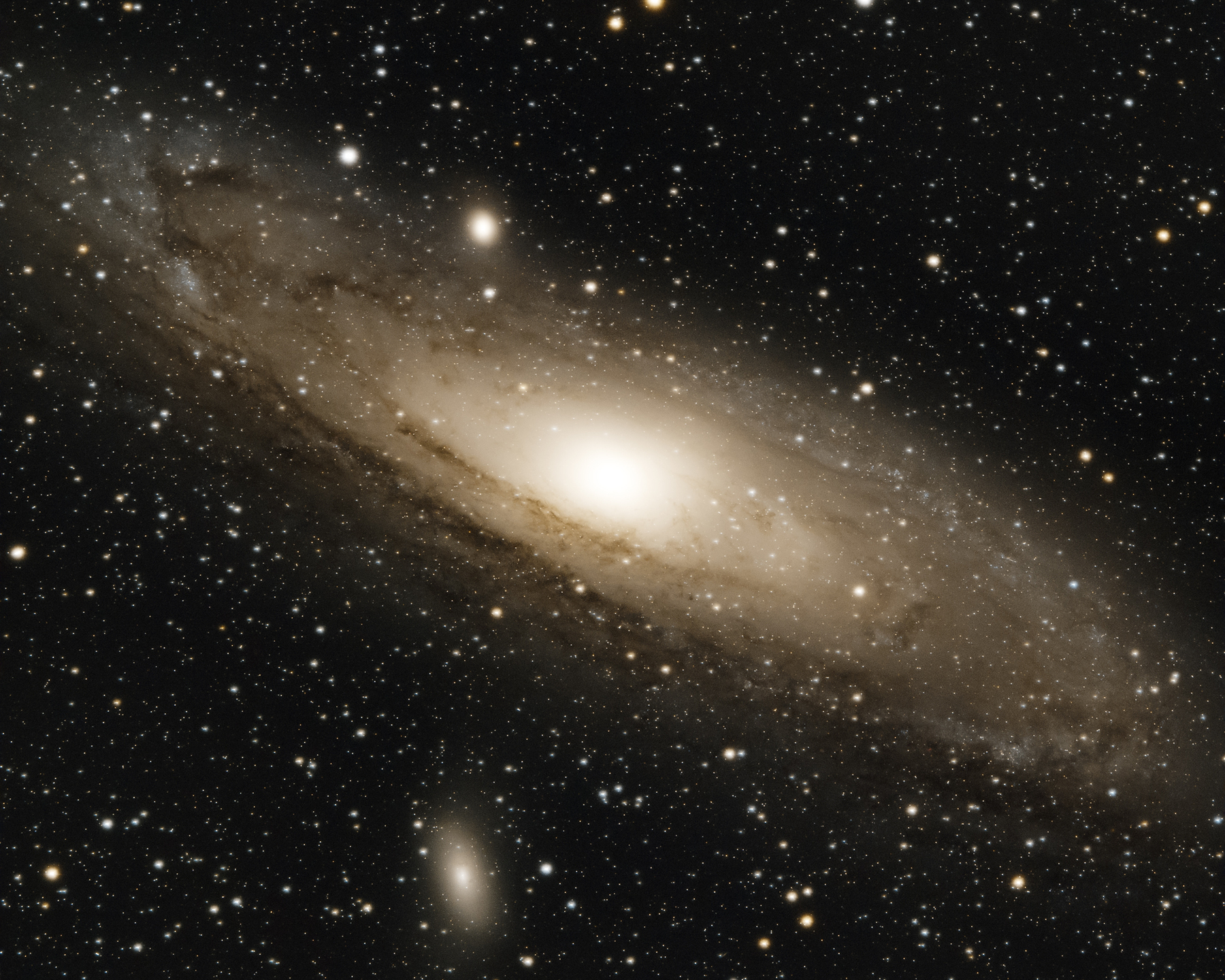
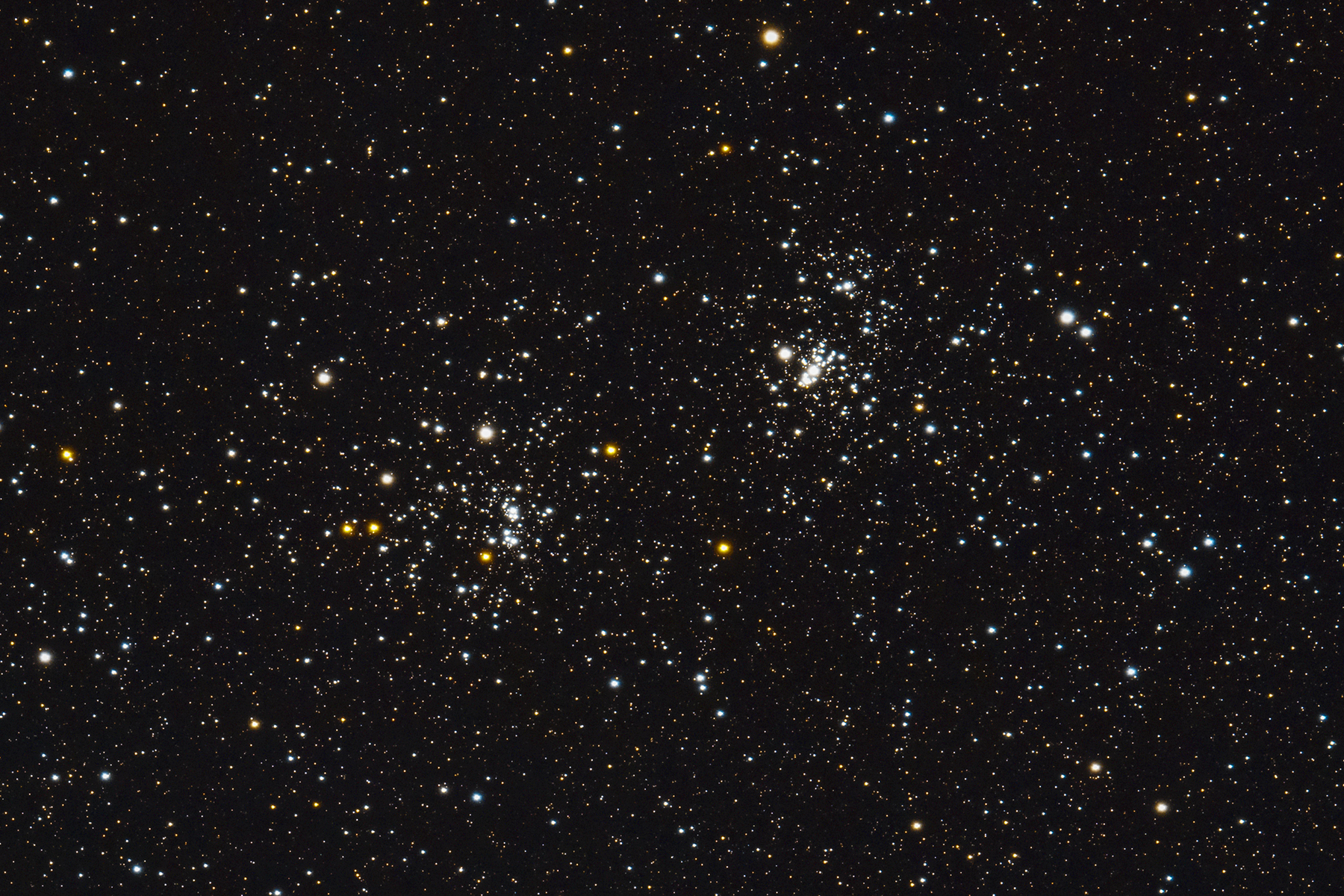
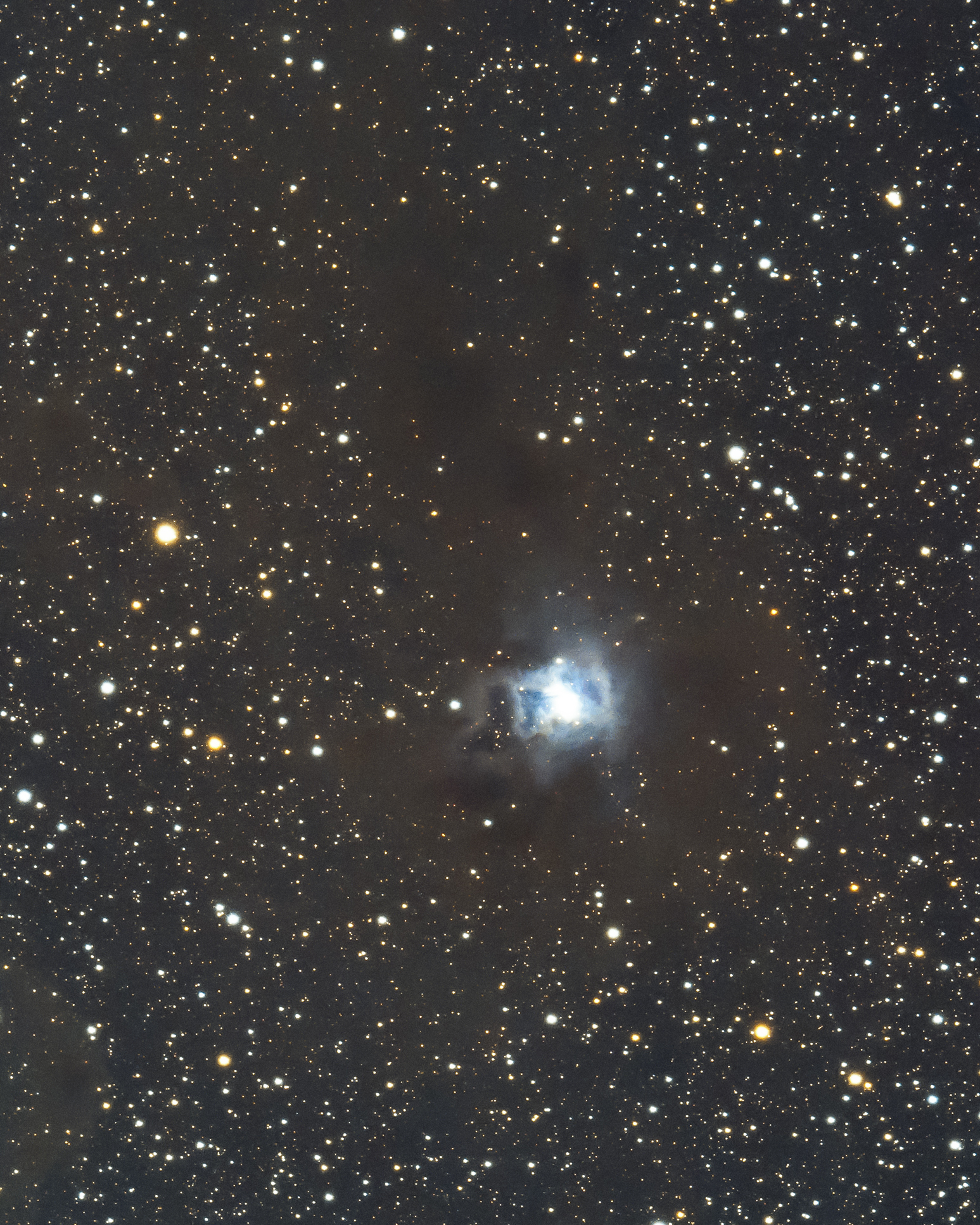
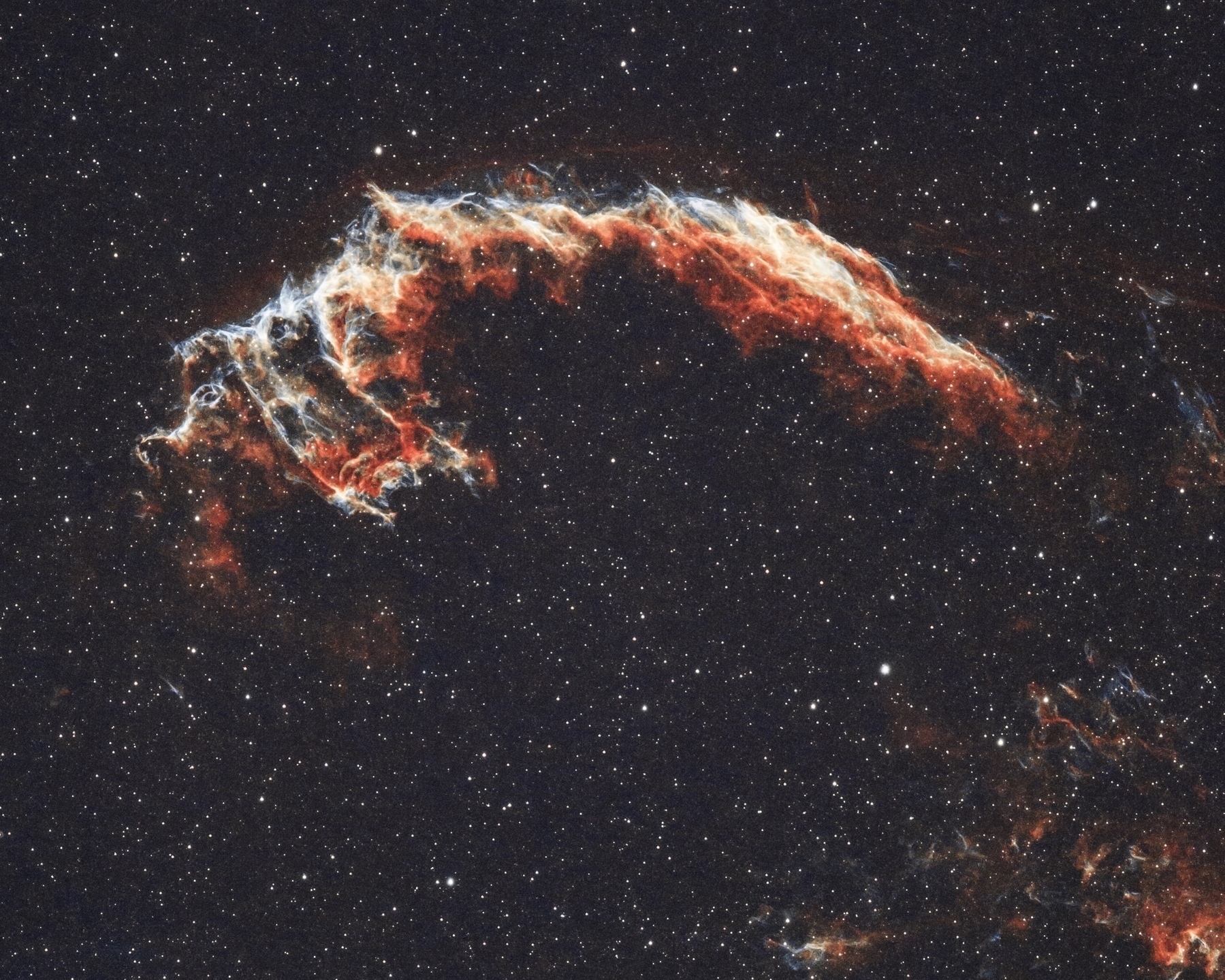
In December, captured North America and Pelican nebulae using newly acquired astronomy camera ASI2600MC-duo. Look forward to using this into the new year.
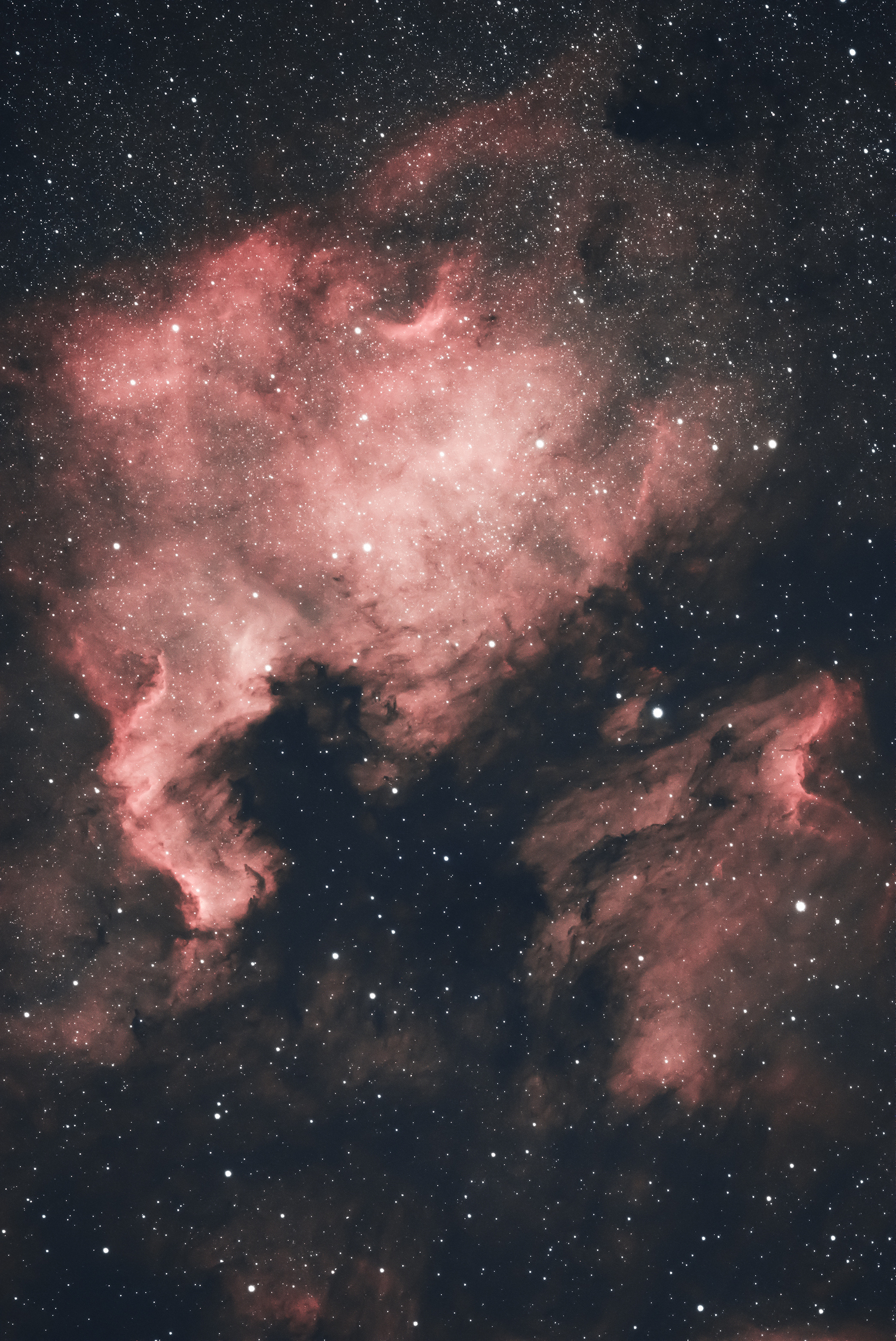
First light with my new ASI2600MC-duo camera. Only 1 hour of North American nebula without any calibration frames. I am impressed with the resolution and clarity compared to ASI533MC. Still need to work on calibration for the guiding camera to make it better.

The double cluster from Perseus: A pair of open clusters 7000 light years away and consisting of hot blue-white young stars only about 14 million years old. These clusters are blueshifted as they are approaching us at ~40km/s.
This image is a stack of 100 five-second exposures.

Andromeda Galaxy (M31) - the closest neighboring galaxy at 2.5 million light years away.
This image is a stack of 60 two-minute exposures taken with ZWO ASI533MC-Pro camera attached to William Optics ZenithStar61 refractor.

It was supposed to be cloudy but it cleared up right after sunset and comet Tsushibchan-ATLAS made a surprising visit. Also found out that I can see it from my front yard without going to faraway places in search of western horizon.


A couple more photos of Comet Tsuchinshan-ATLAS from last night. Tonight it will be farther away from the horizon but we are expecting rain. 😒


Comet Tsuchinshan-ATLAS this morning in Niantic, CT. I could spot it easily through binoculars but couldn’t see it with naked eye. A little bit of tail can be seen here.
This image is a 1 sec exposure at f/4 with a 70mm lens.

Mars and Jupiter conjunction seen this morning (aug 15). They were less than half a degree apart - less than the size of full Moon in the sky. Three moons of Jupiter are visible. Ganymede on the left, Europa and Callisto on the right.


Sunspot AR3664 that created the fantastic display of Aurora went around the Sun over last 2 weeks and is back. It is reduced in intensity and can be seen at the top left edge. Although it is not likely, I am hoping that it will create more Aurora in coming days. 
